The lawmen and outlaws depicted in the film were real
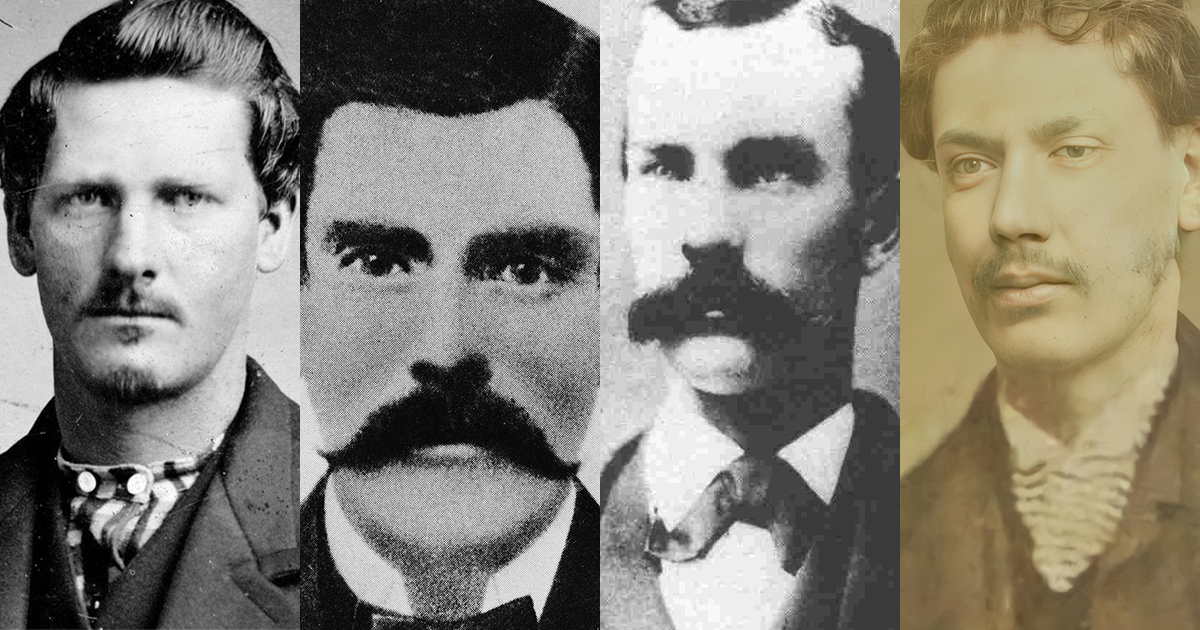
Tombstone is based on historical events that took place in Tombstone, Arizona during the 1880s. This includes the legendary Gunfight at the O.K. Corral, which was a 30-second shootout between lawmen and a group of outlaws. Many of Doc Holliday’s lines – such as the infinitely quotable “you’re a daisy if you do!” – are taken almost word-for-word from contemporary newspaper reports.
Willem Dafoe was fired from the cast over the controversy of The Last Temptation of Christ
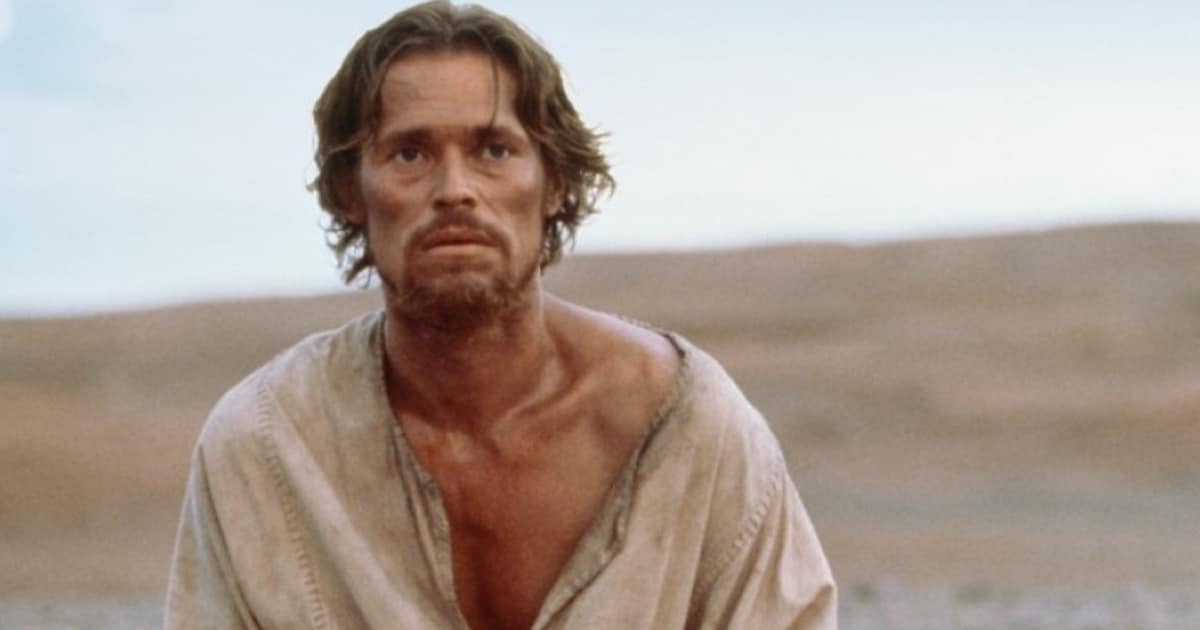
Early in Tombstone’s troubled production, Willem Dafoe had been set to star in the film as Doc Holliday. Unfortunately, Defoe’s most recent film The Last Temptation of Christ – in which the actor portrays Jesus – had been met with massive controversy. Disney executives were so shaken by this that they demanded Dafoe be removed from Tombstone’s cast, replacing him with Val Kilmer.
Kurt Russell secretly directed the film after the original director was fired on-set
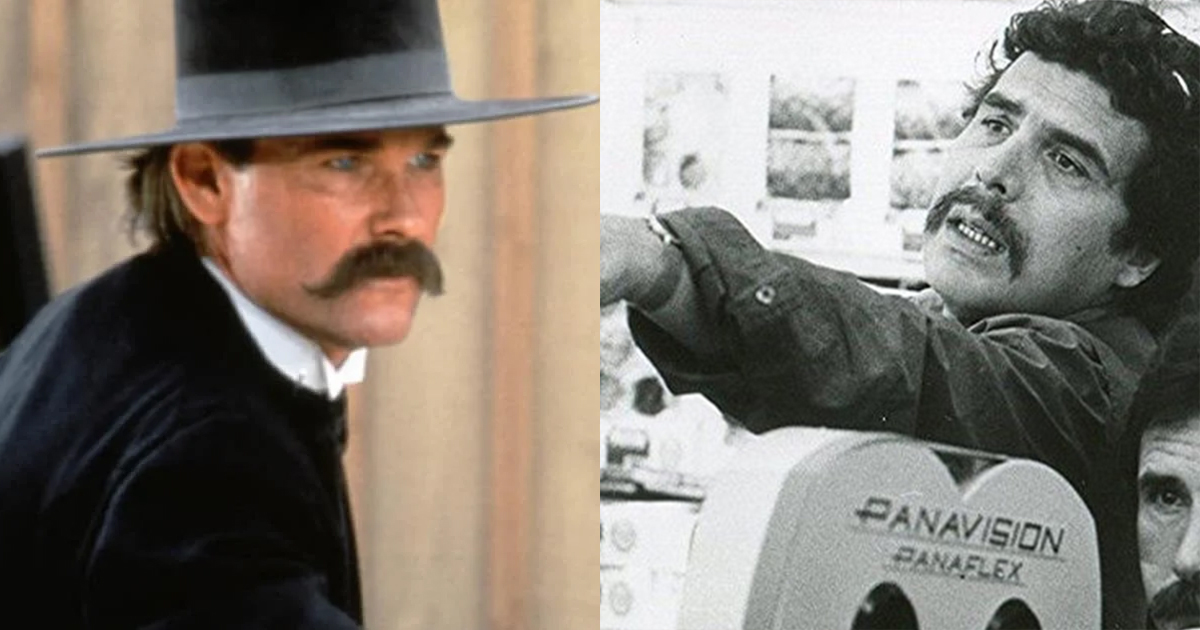
Tombstone’s official director is George P. Cosmatos, best known for Sylvester Stallone movies Rambo: First Blood Part II and Cobra. However, in 2013, Kurt Russell claimed that he was the film’s real director. Russell says he told Cosmatos, “‘I’m going to give you a shot list every night, and that’s what’s going to be.”
Russell cut a number of his own scenes from the shooting script just to win the trust of his co-stars
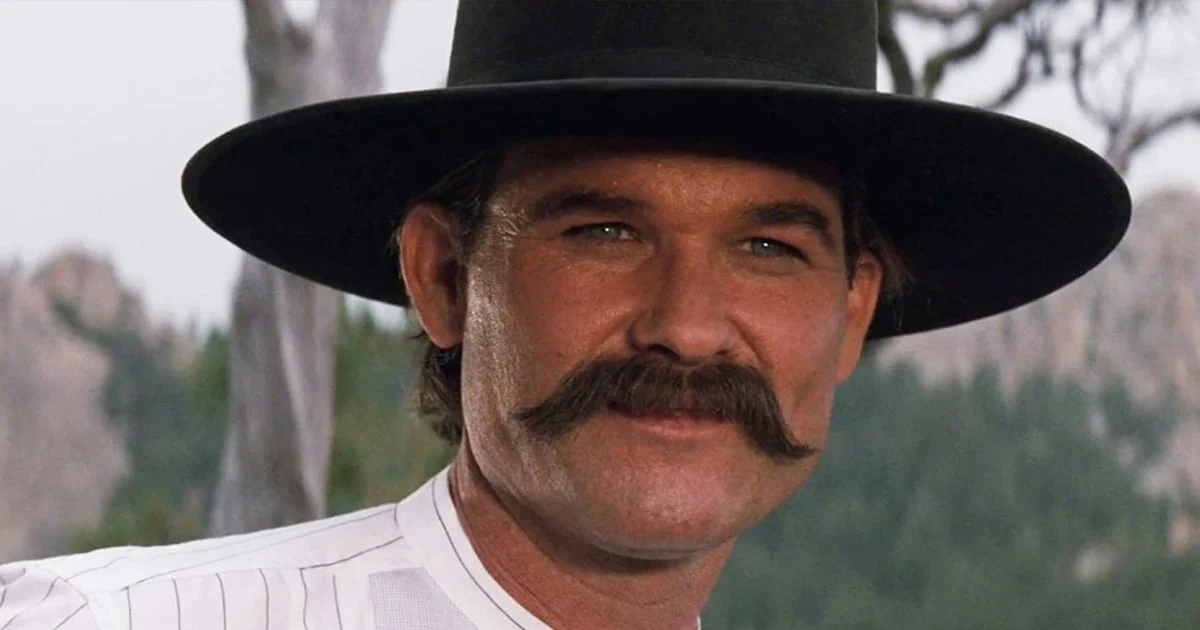
In order to gain the trust and respect of the actors he wound up (unofficially) directing, Kurt Russell cut out 20 pages from the Tombstone script – including several of his own scenes. He opted to “make Wyatt an ‘aura’ character,” in the vein of Clint Eastwood. Russell’s co-star Val Kilmer later praised Russell’s selfless approach, declaring “Kurt is solely responsible for Tombstone’s success, no question.”
Val Kilmer went method to play Doc Holliday
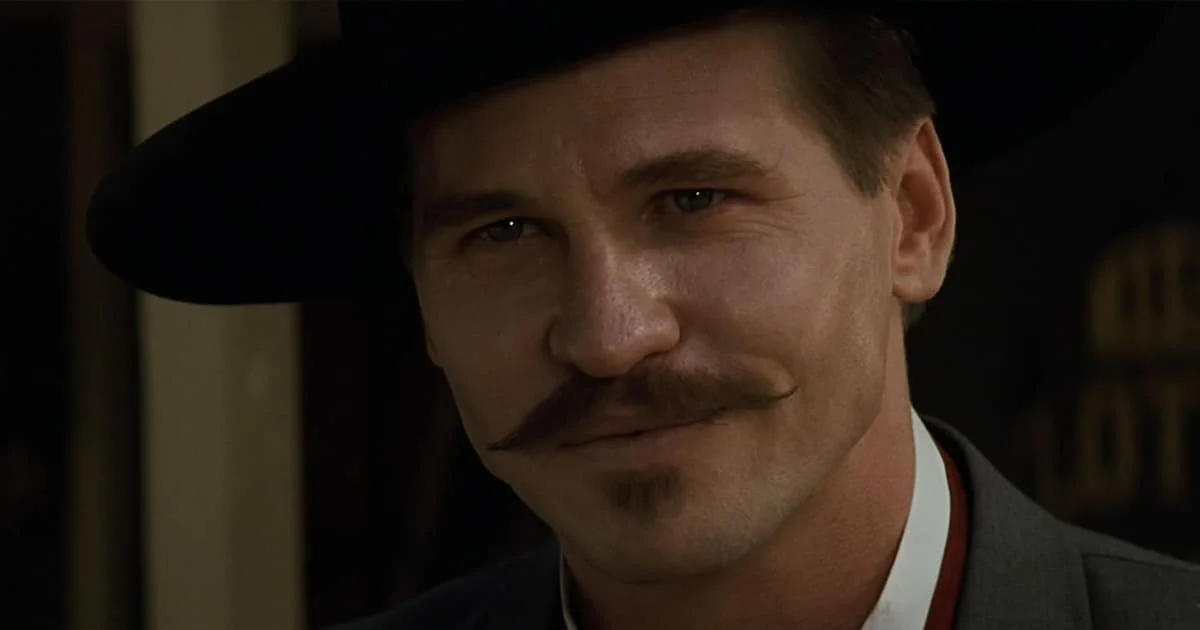
Val Kilmer endeavoured to make his performance as gambler-gunfighter-dentist Doc Holliday as realistic as possible. He exhaustively practiced his quick-draw, becoming the best at this in the Tombstone cast. After researching the historical figure, Kilmer also chose to imbue Holliday with a Southern aristocrat’s drawl, and for good reason: Holliday was a cousin of Gone with the Wind author Margaret Mitchell.
All of the moustaches in the movie are absolutely genuine – except one
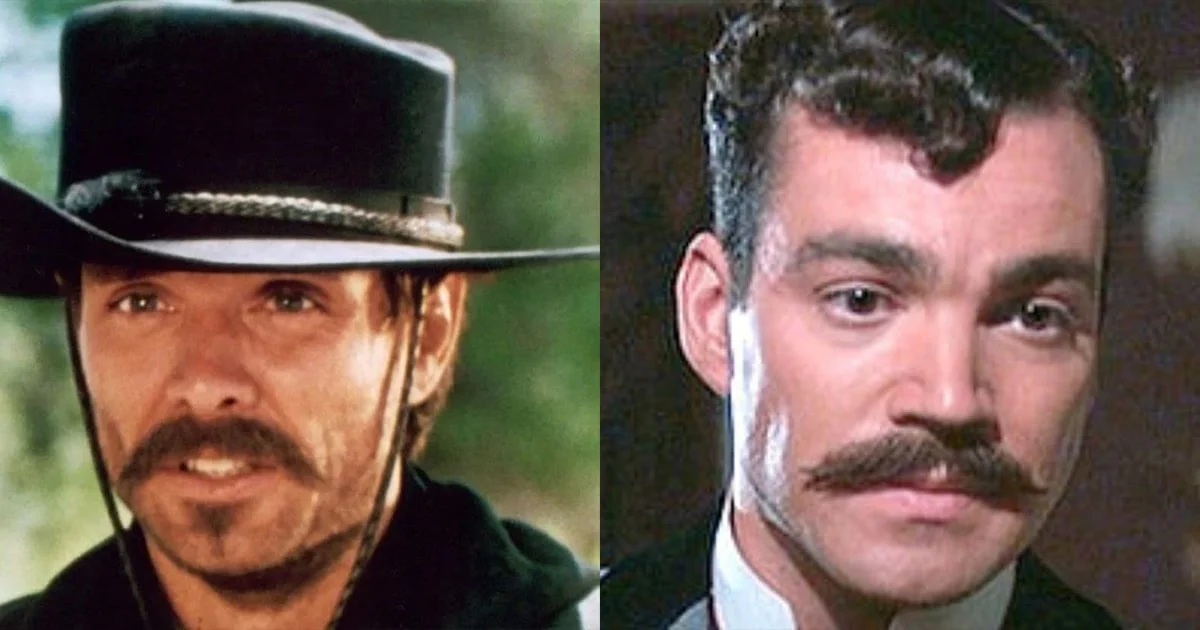
All the Tombstone actors stepped up and grew real moustaches for the film – except one. According to Johnny Ringo actor Michael Biehn, co-star Jon Tenney “didn’t get to grow his own moustache because he had a job right before that. They had to put a fake moustache on him. I think he always felt a little bit like the small dog of the group.”
Billy Bob Thornton improvised every single one of his lines
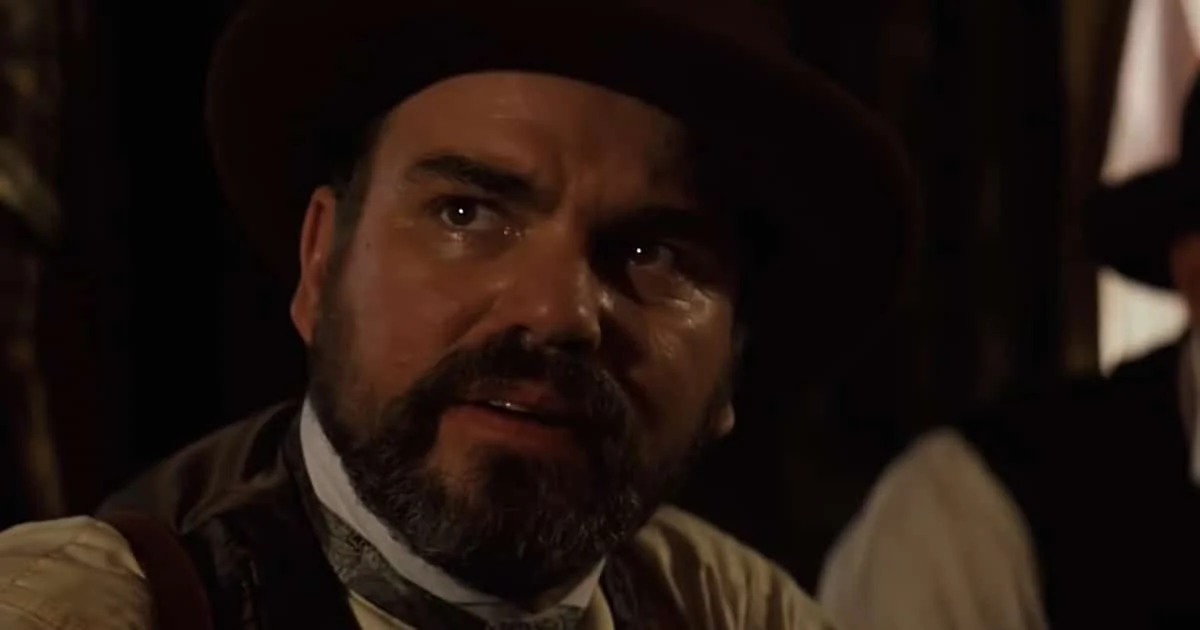
Billy Bob Thornton makes an early appearance as Johnny Tyler in Tombstone, but originally his character wasn’t originally given any dialogue. However, Thornton was instructed by the film’s ghost-director, George P Cosmatos, simply to “be a bully” when facing Kurt Russell’s Wyatt Earp. Subsequently, every word Thornton utters during his confrontation with Russell’s Wyatt Earp was improvised.
Val Kilmer really can roll a coin across his knuckles
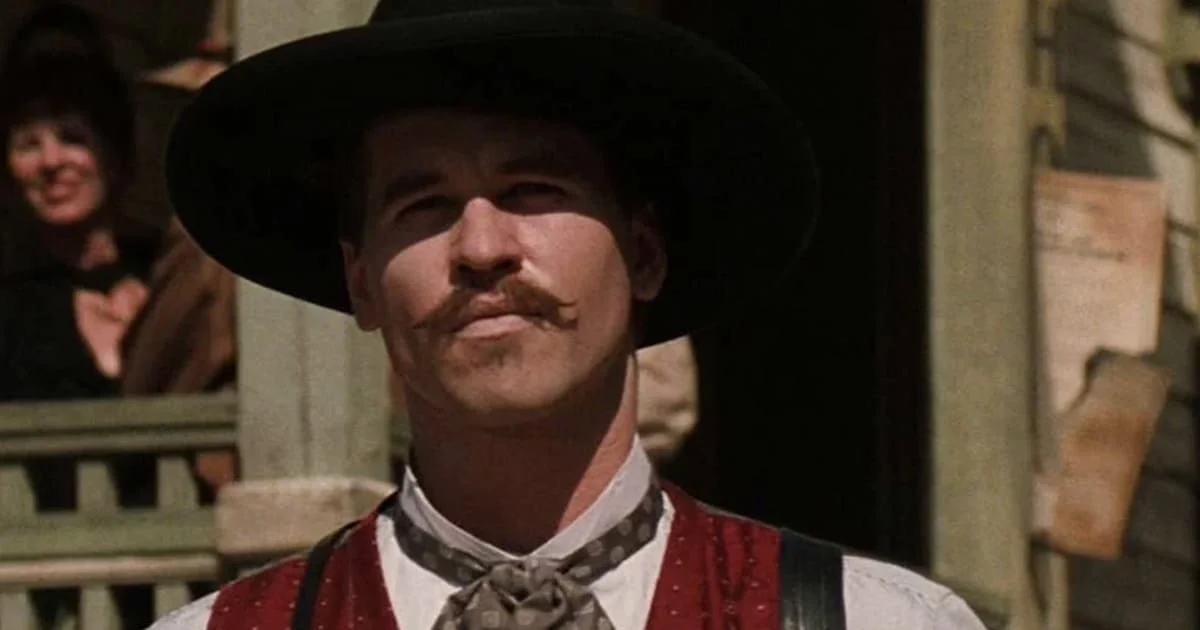
Seeing Val Kilmer’s Doc Holliday rolling a coin across his knuckles is even more impressive when you consider that the actor was doing it for real, without any camera trickery to assist him. Whether or not the real Doc Holliday could perform this parlour trick is unknown, but in the film it has a clear function: telling the audience that Holliday is a serious gambler.
Ike Clanton actor Stephen Lang is genuinely drunk in all of his scenes
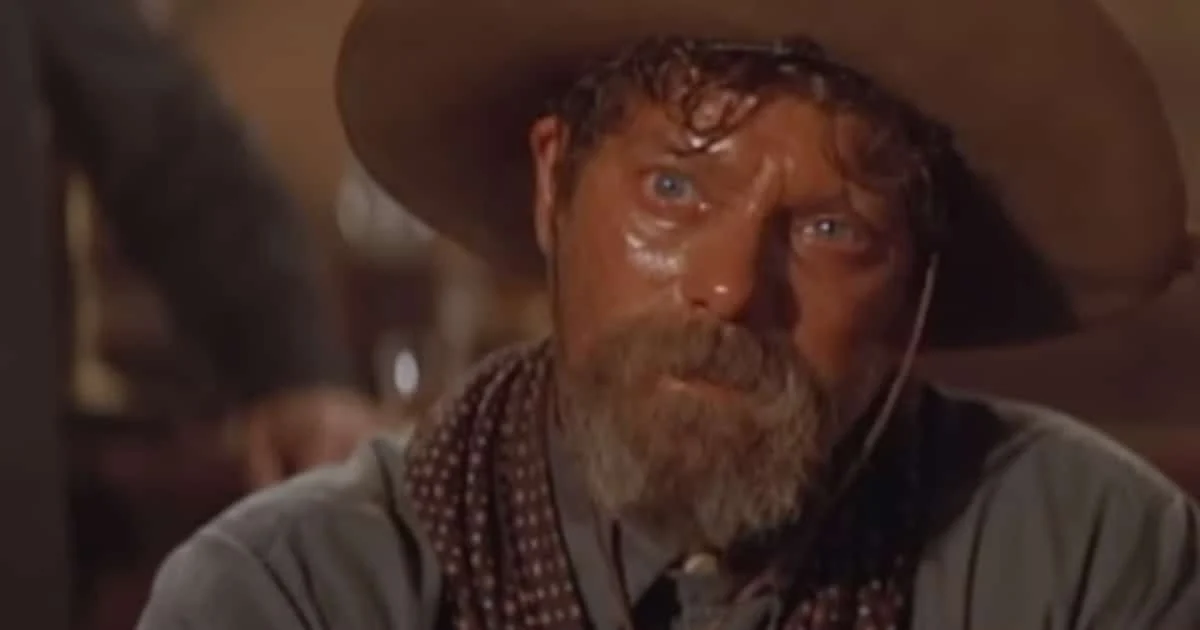
Avatar’s Stephen Lang appears in Tombstone as Ike Clanton, the drunk outlaw who does little but gibber in the face of Wyatt Earp – and Lang admits that much of his drunkenness is genuine. The actor told Slash Film in 2018, “During my time in Arizona, I don’t know if I’d ever had a drink of water, but I’d certainly drank a lot of tequila.”
Robert Mitchum was going to play the head villain, who was ultimately written out of the script
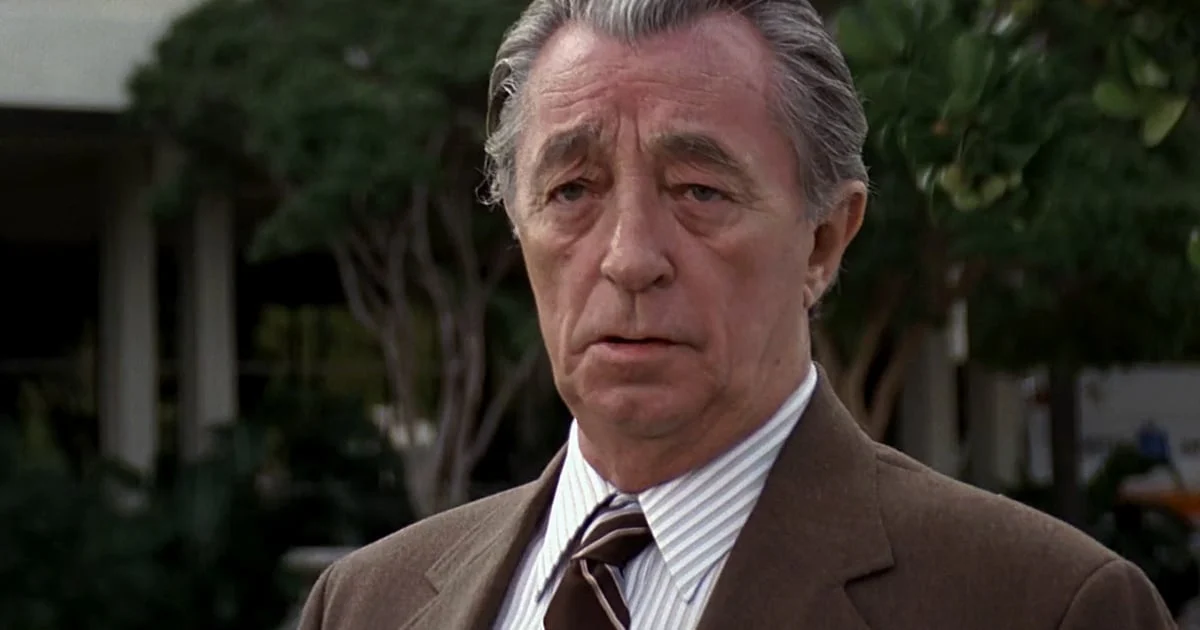
Screen legend Robert Mitchum serves as Tombstone’s narrator, but he was originally meant to have a bigger role as Newman Haynes Clanton, aka ‘Old Man’ Clanton, Tombstone’s lead antagonist. Sadly, prior to shooting, Mitchum was injured after falling off a horse and had to drop out. In his absence, the character of Old Man Clanton was written out of the script.
Val Kilmer was not the first actor to play both Doc Holliday and Batman
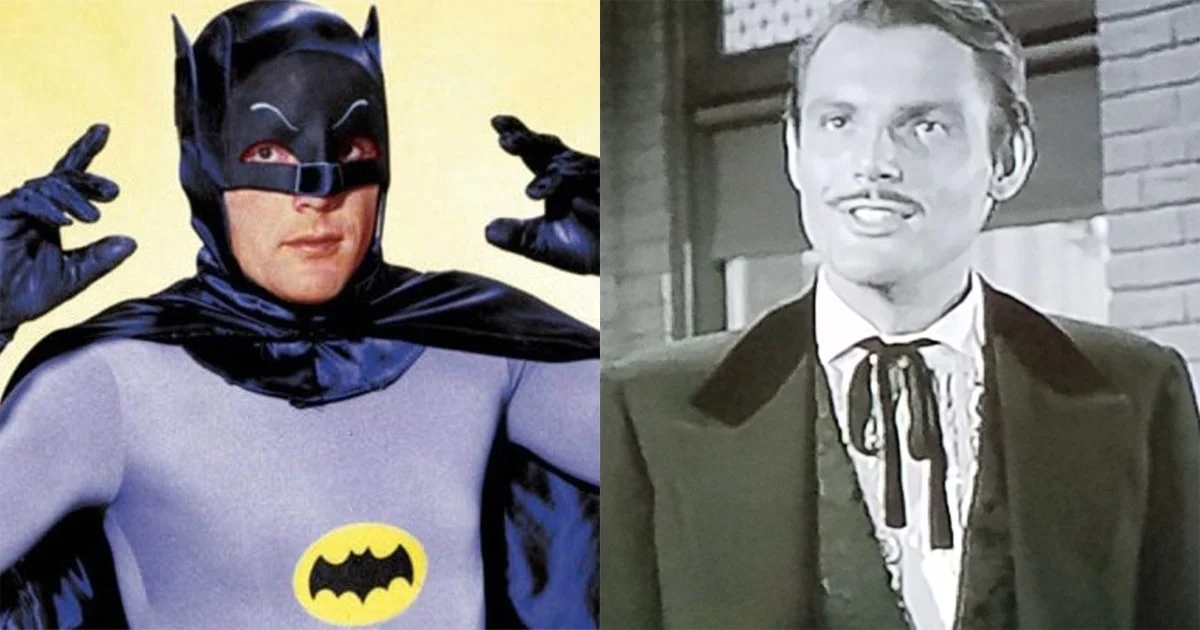
After Val Kilmer’s winning performance as Doc Holliday in Tombstone, the actor was chosen to play the title role in Batman Forever. Curiously, Kilmer wasn’t the first actor to play both these parts. That honour belongs to Adam West, who – as well as headlining 60s TV series Batman – also portrayed Doc Holliday three times, in three different TV shows: Colt .45, Lawmen, and Sugarfoot.
The witty tombstone is real
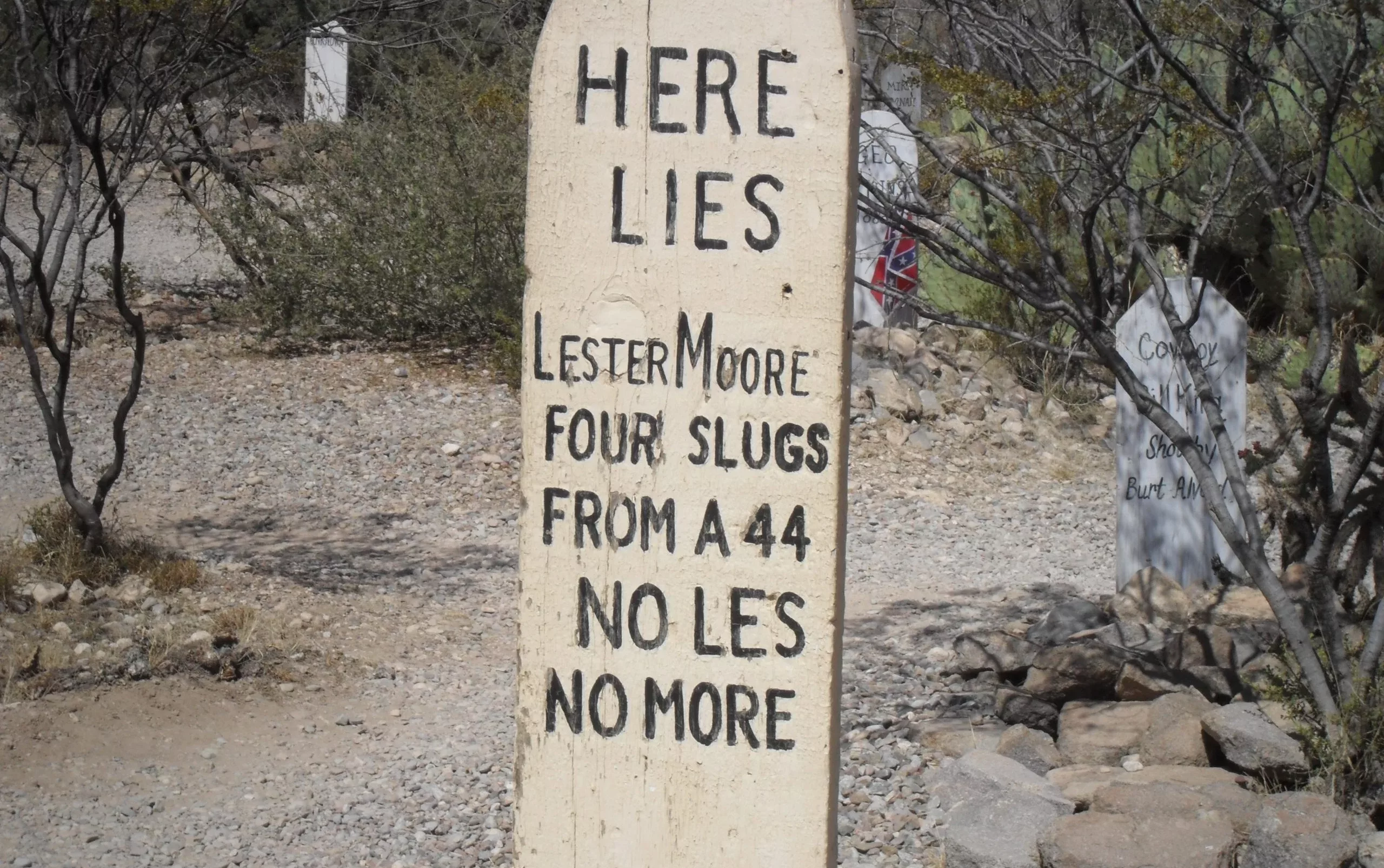
One epitaph seen in the film comes from a real grave. Early in the movie, setting the film’s darkly humorous tone, we see a headstone inscribed with the epitaph “Here lies Lester Moore, Four Slugs from a .44, No Les No More.” This whimsical message comes from a real grave found in a Tombstone cemetery, although it isn’t the actual grave shown on film.
George P Cosmatos was good friends with Dollars trilogy director Sergio Leone
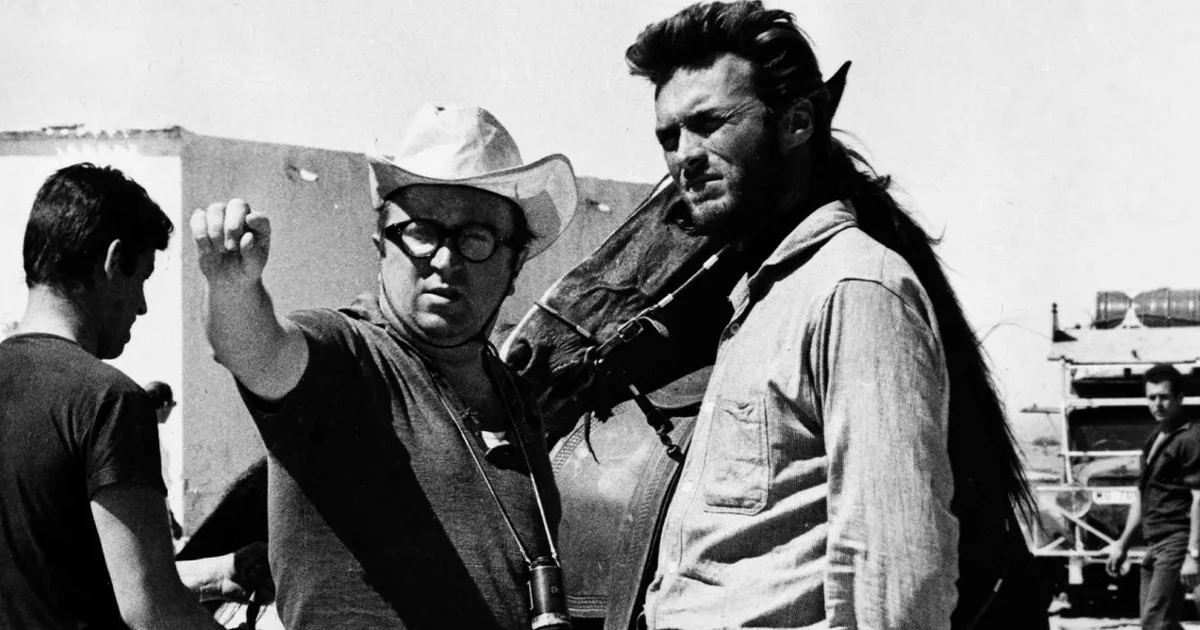
In the DVD audio commentary for Tombstone, director George P. Cosmatos remarks that back in his native Italy he was a friend of Sergio Leone, the esteemed filmmaker responsible for several of the most acclaimed westerns ever made. Leone is best known for his Dollars trilogy, the series that launched Clint Eastwood’s career, as well as Once Upon a Time in the West.
A cousin of Wyatt Earp’s (himself named Wyatt Earp) appears in the film
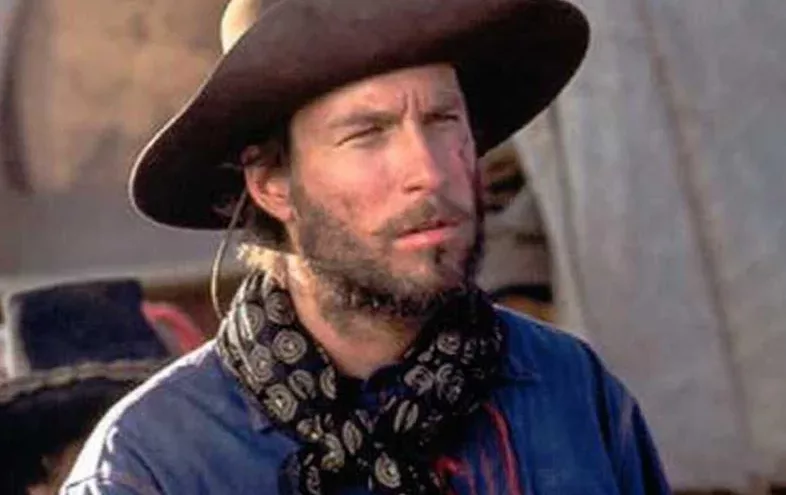
Believe it or not, an actual Wyatt Earp appears in Tombstone. Actor Wyatt Earp III is a fifth cousin of the historic lawman, and, has a minor role as the outlaw Billy Claiborne. Earp III (a descendant of the original Earp’s older half-brother, Newton) has only taken a few more acting roles, and claims his name has hindered rather than helped his career.
The real-life Wyatt Earp went on to work in Hollywood
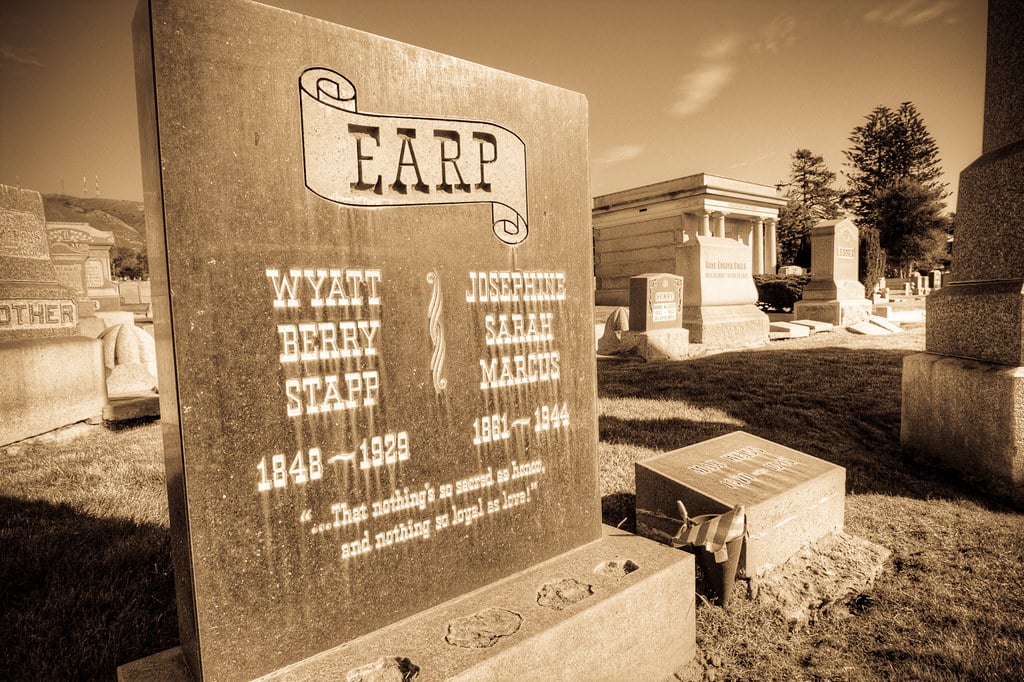
The real Wyatt Earp eventually became a film consultant for early Hollywood films, befriending famous movie cowboys William Hart and Tom Mix and encouraging Hart to star in a biographical film about his life. After being rebuffed by Hart, Earp instead employed a former mining engineer to write his biography. A century later, the hero of the OK Corral is legendary.
More than 100 horses were used in the shooting of the film
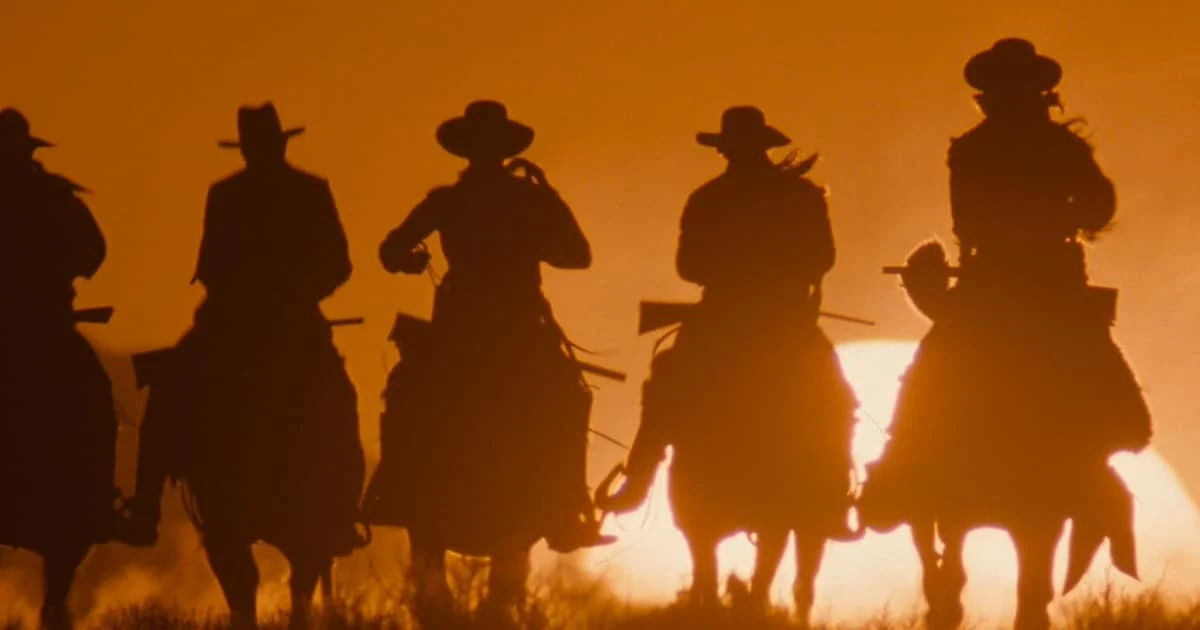
As a Western, it’s no surprise that Tombstone features horses, but you might be surprised how many they needed. In total, a staggering 123 horses were used in the course of Tombstone’s production – and, as elegant as horses may be, they can’t look after themselves. As a result, an equally staggering 60 crew members were employed just to look after the horses.
A love scene between Wyatt Earp and Josephine was cut
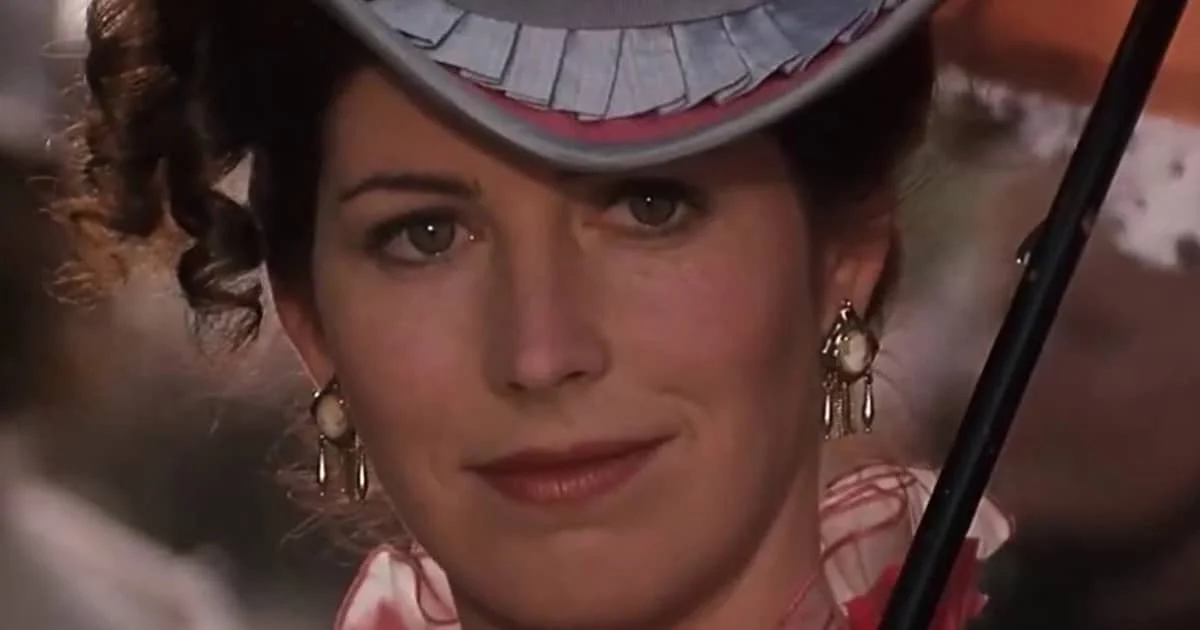
The romance between Kurt Russell’s Wyatt Earp and Dana Delaney’s Josephine Marcus is a key Tombstone subplot, and was originally going to be more heavily emphasised. The actors even shot a sex scene, but this was ultimately cut from the movie. This may in be part because Josephine is perhaps the film’s most fictionalised character.
Val Kilmer laid on a bed of ice to shoot his death scene
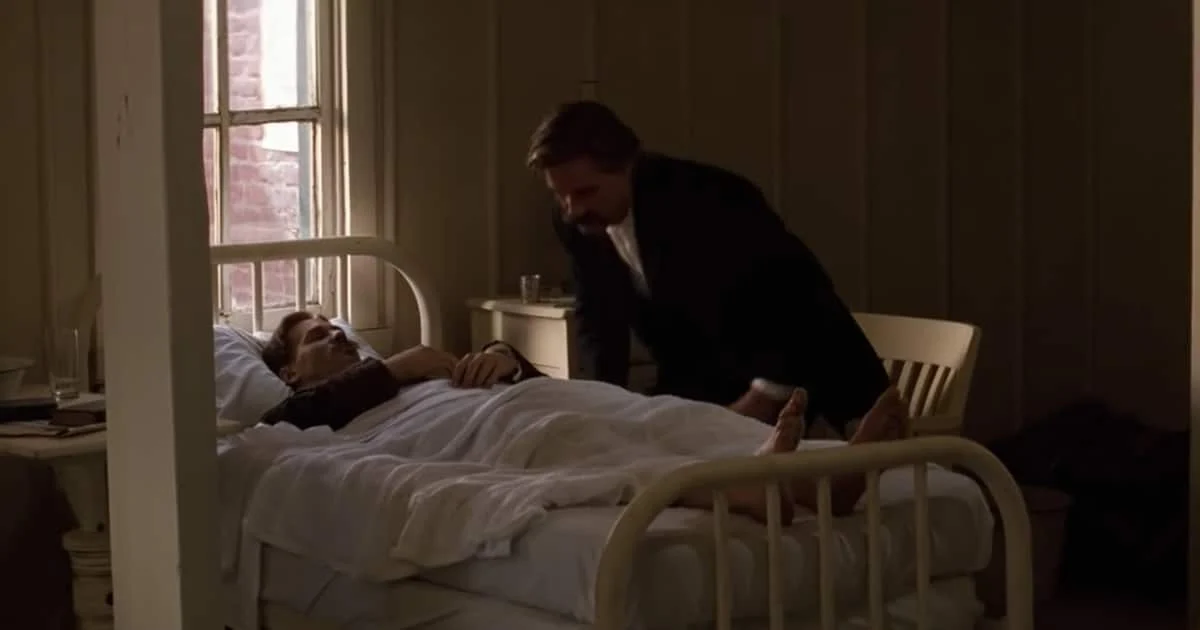
One of Tombstone’s most tragic scenes sees Doc Holliday die in hospital from tuberculosis. To make his death scene all the more convincing, Val Kilmer requested that he lay on a bed of ice. Stuttering and shivering to simulate the onset of a gruesome death, Kilmer’s somewhat unusual request paid off as the scene proved so effective.
Everyone had to wear wool on set for maximum accuracy
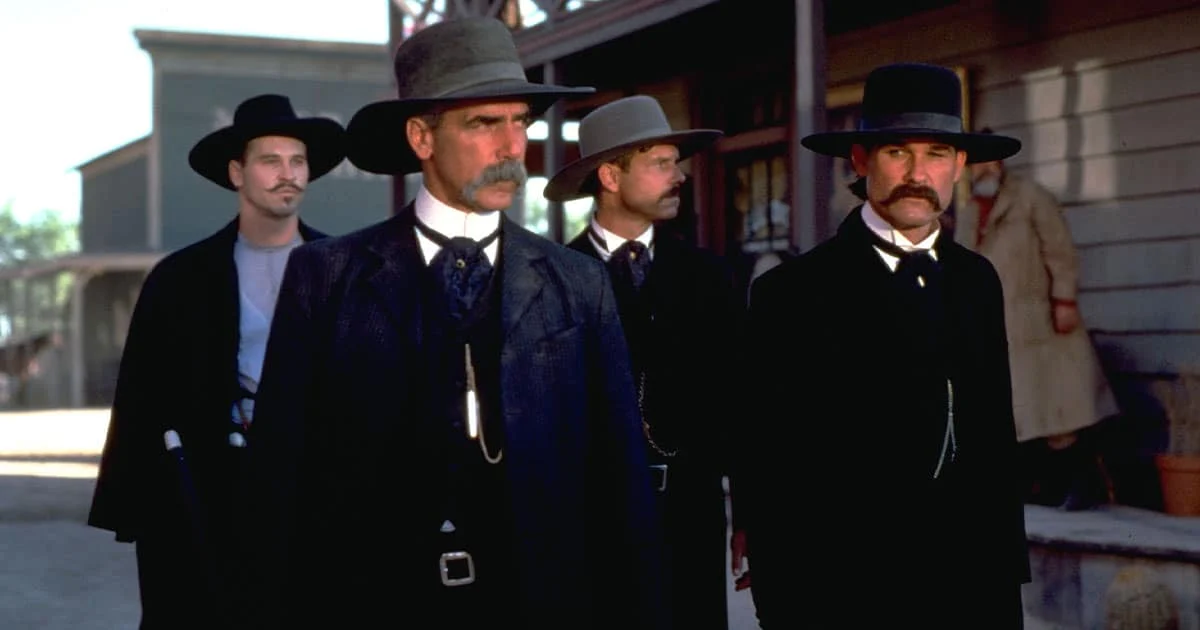
At the insistence of Tombstone’s initial director Kevin Jarre (who has fired a month into filming), the cast wore era-appropriate wool clothing: not too comfortable in the high heat of Arizona. The actors, even method man Val Kilmer, complained this would not make a difference on camera.
George P Cosmatos’ Tombstone royalties funded the first film of his son Panos
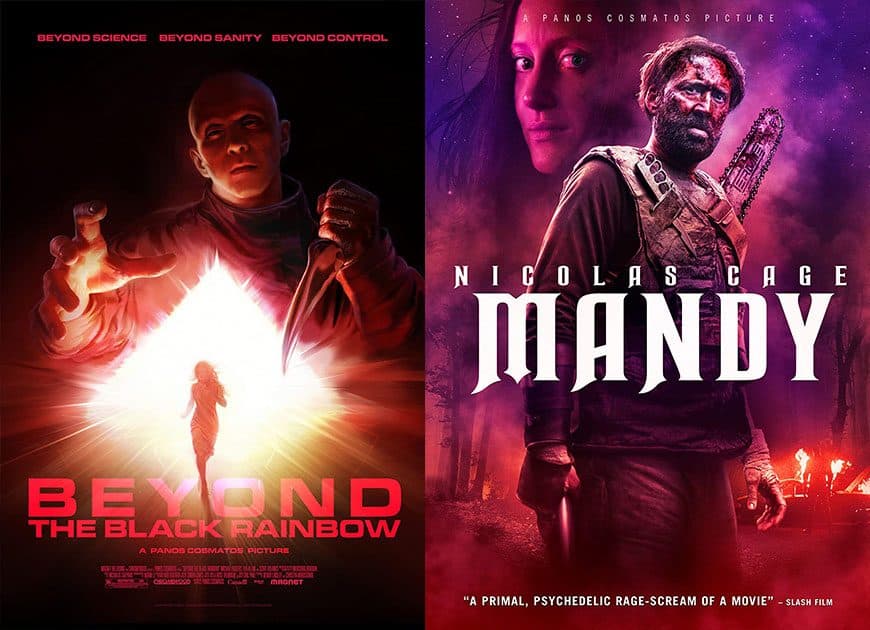
Even if Kurt Russell was Tombstone’s ‘real’ director, George P Cosmatos’ name was on the credits; as such, Cosmatos received royalties from the film. After tragically dying of lung cancer in 2005, the money passed instead to his son Panos Cosmatos, who used his inheritance to fund his first movie, Beyond the Black Rainbow, and later made acclaimed Nicolas Cage horror movie Mandy.
One of the actors is terrible at playing dead
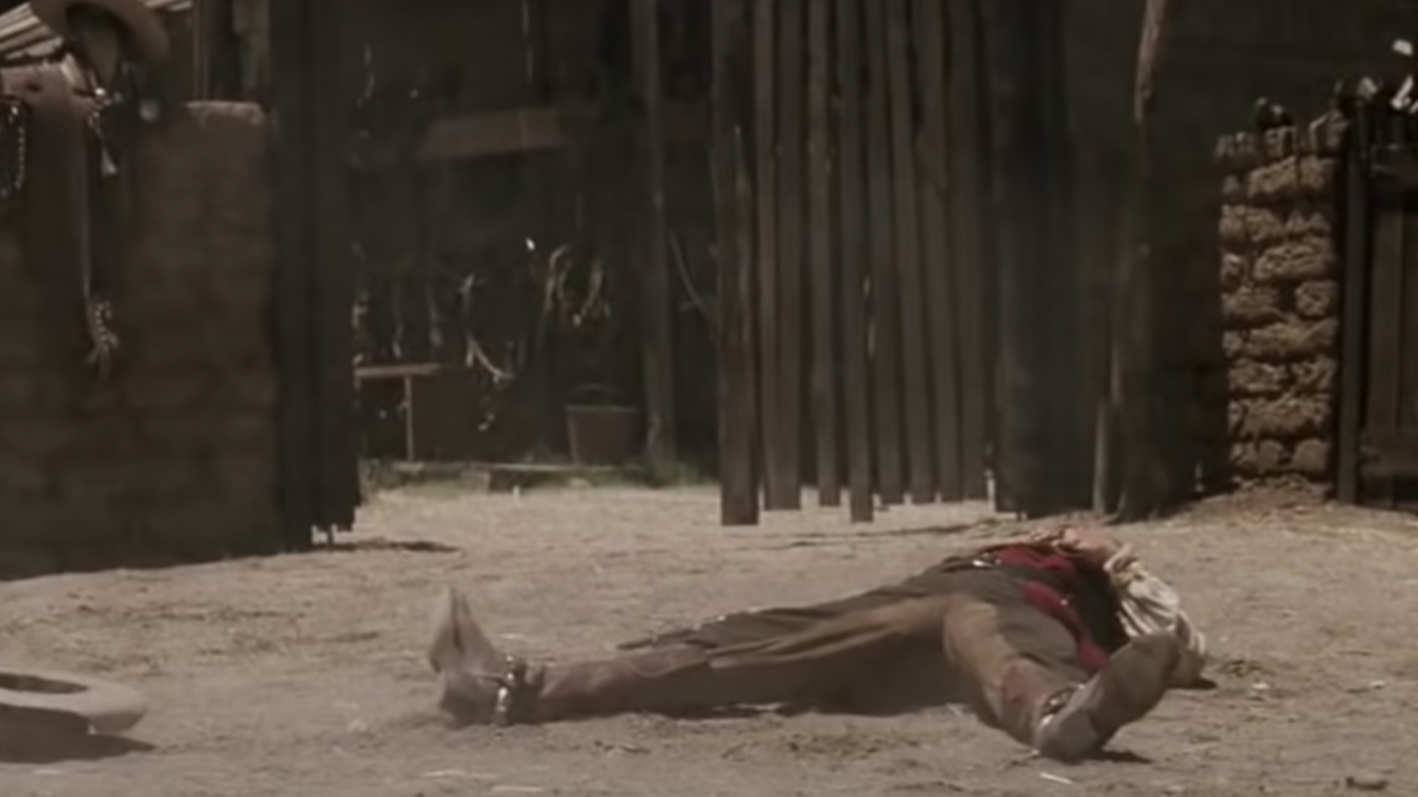
In the climax of the gunfight at the O.K. Corral, a cowboy seemingly gets the drop on Doc Holliday, only to be be gunned down before he can take his shot. Despite the fact that the cowboy has just taken a bullet through the brain, when the camera lingers on his body the actor’s breathing is incredibly noticeable.
Robert Mitchum narrates the opening
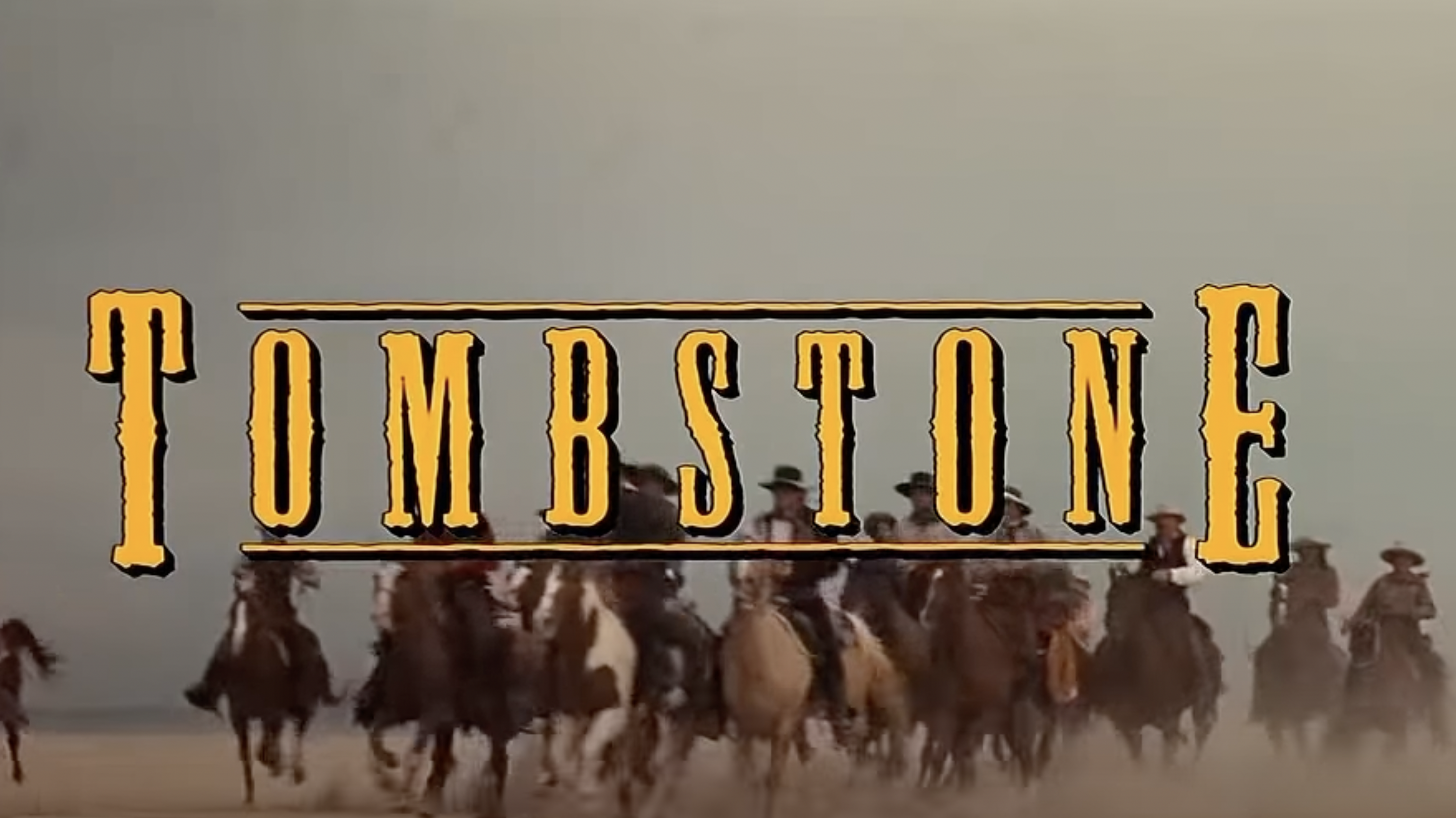
While Robert Mitchum’s fall from a horse prior to filming ultimately led to his character being written out the film, the actor was still involved with the project. The movie’s opening narration, which explains that the American Civil War is over and sets the scene for the events about to happen, was provided by Mitchum.
Doc Holliday didn’t kill Johnny Ringo in real life
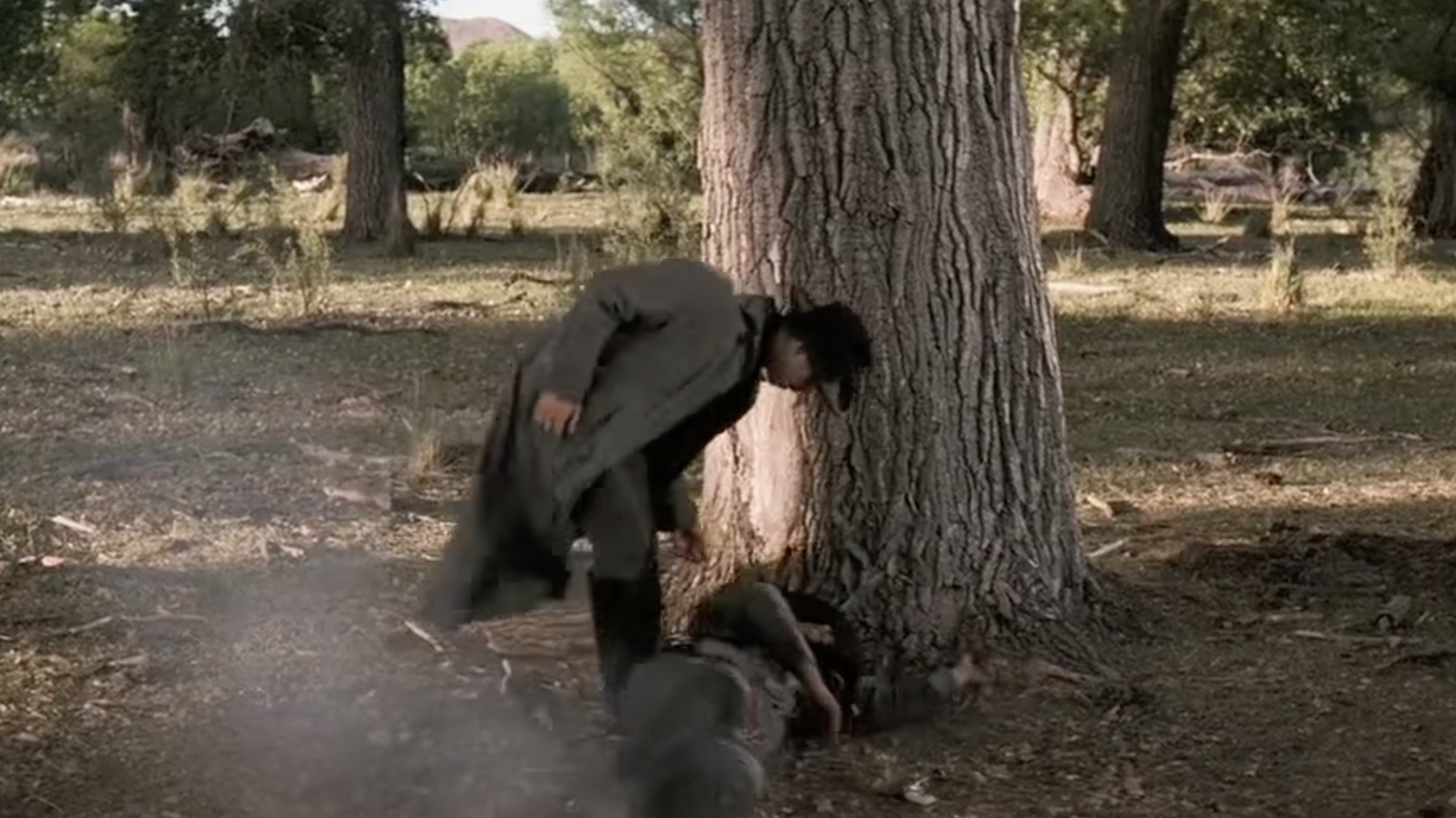
While many aspects of Tombstone are historically accurate, Johnny Ringo’s death at the hands of Doc Holliday didn’t occur in real life. Instead, Ringo was found dead in 1882, with a single gunshot wound to the temple, and the circumstances of his death remain a mystery. Obviously, this wouldn’t have been a particularly satisfying payoff in the film, leading to the alteration.
There’s a reference to the famous Kaloma photograph
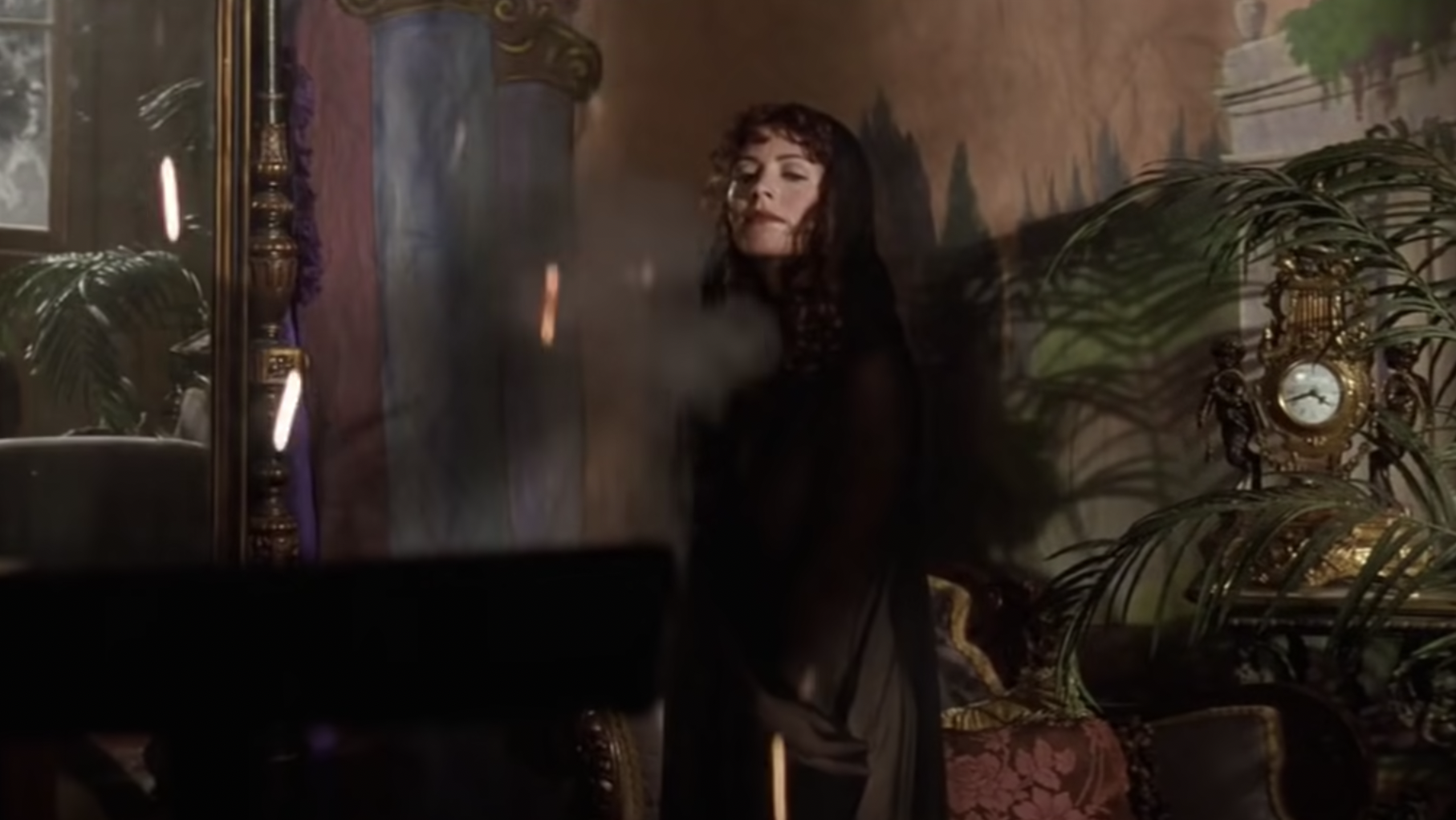
In the sequence leading up to the shootout at the O.K. Corral, Jessie is shown inside Fly’s Photographic Studio, posing for a shot that is clearly a reference to the famous Kaloma photograph, which depicts an almost nude showgirl. In reality, that photo was taken around 1914, over 30 years after the events of Tombstone.
The juggling scene is historically accurate
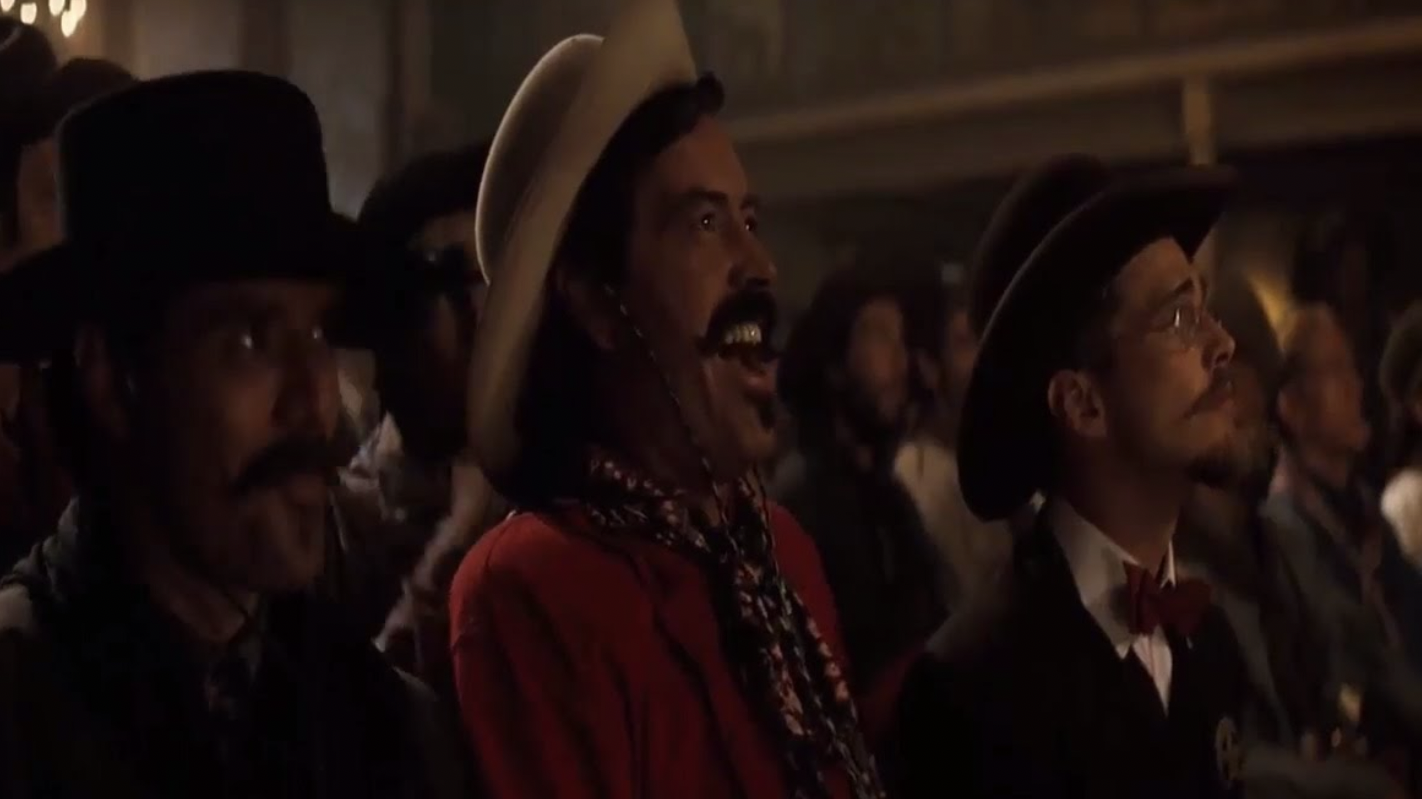
During the scene at the Birdcage Theatre, Professor Gilman takes to the stage to perform his juggling. Seconds into his routine, a cowboy stands up, yells “hey Professor, catch this,” and shoots one of his pins out of the air. This moment appears to be have actually happened in real life, and it’s recorded in the Time Life book series The Old West-Gunfighters.
Harry Carey Jr. was way too old for his role
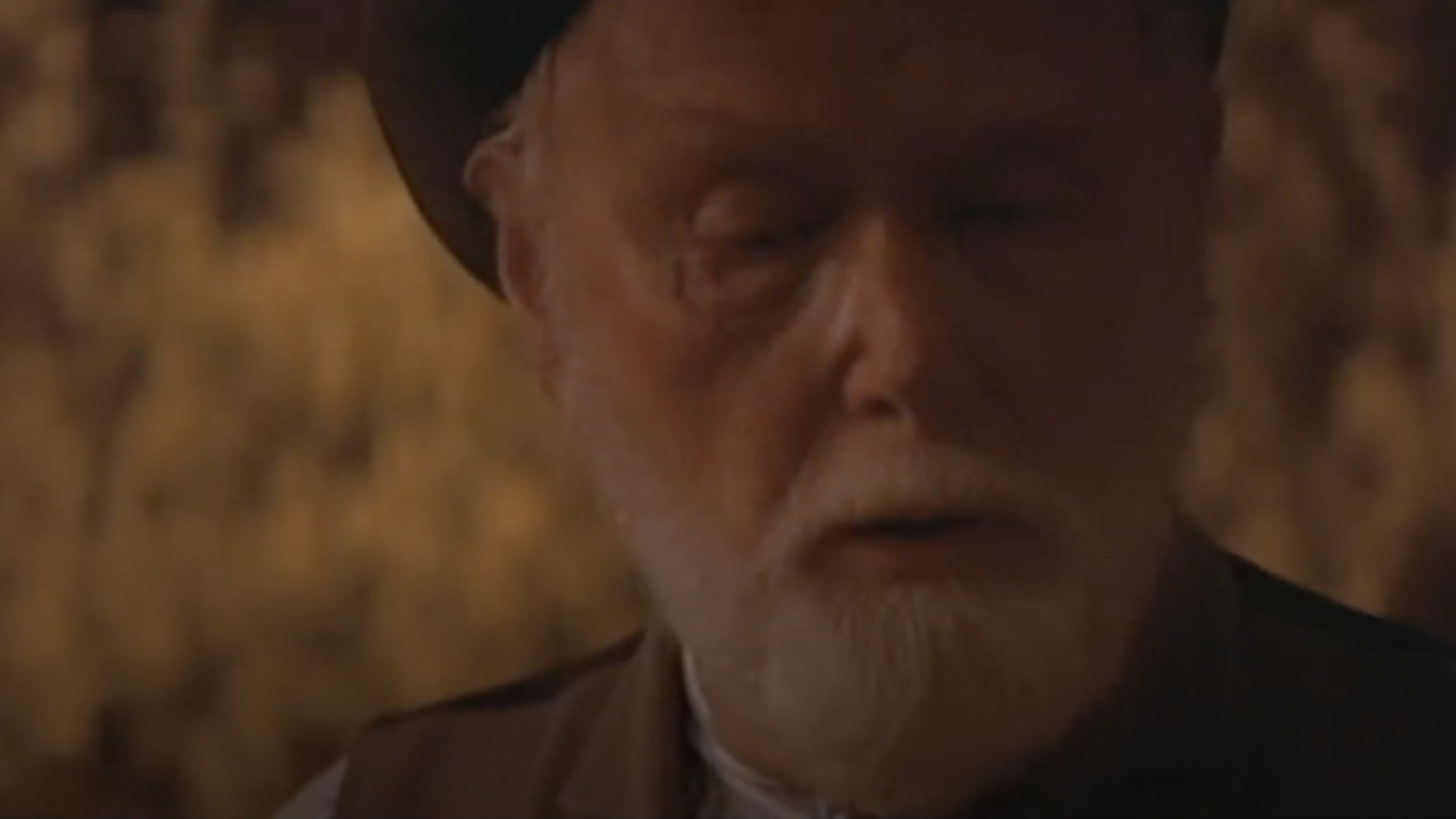
Veteran actor Harry Carey Jr. was 62 years old when he portrayed Marshal Fred White in Tombstone. While White was in fact the real marshal of Tombstone, he was 31 at the time of his death, making Carey Jr. far too old to play him. The role was initially offered to Glenn Ford, who was at that point well into his 70s.
Kurt Russell accidentally hit Sam Elliott’s head on a bar
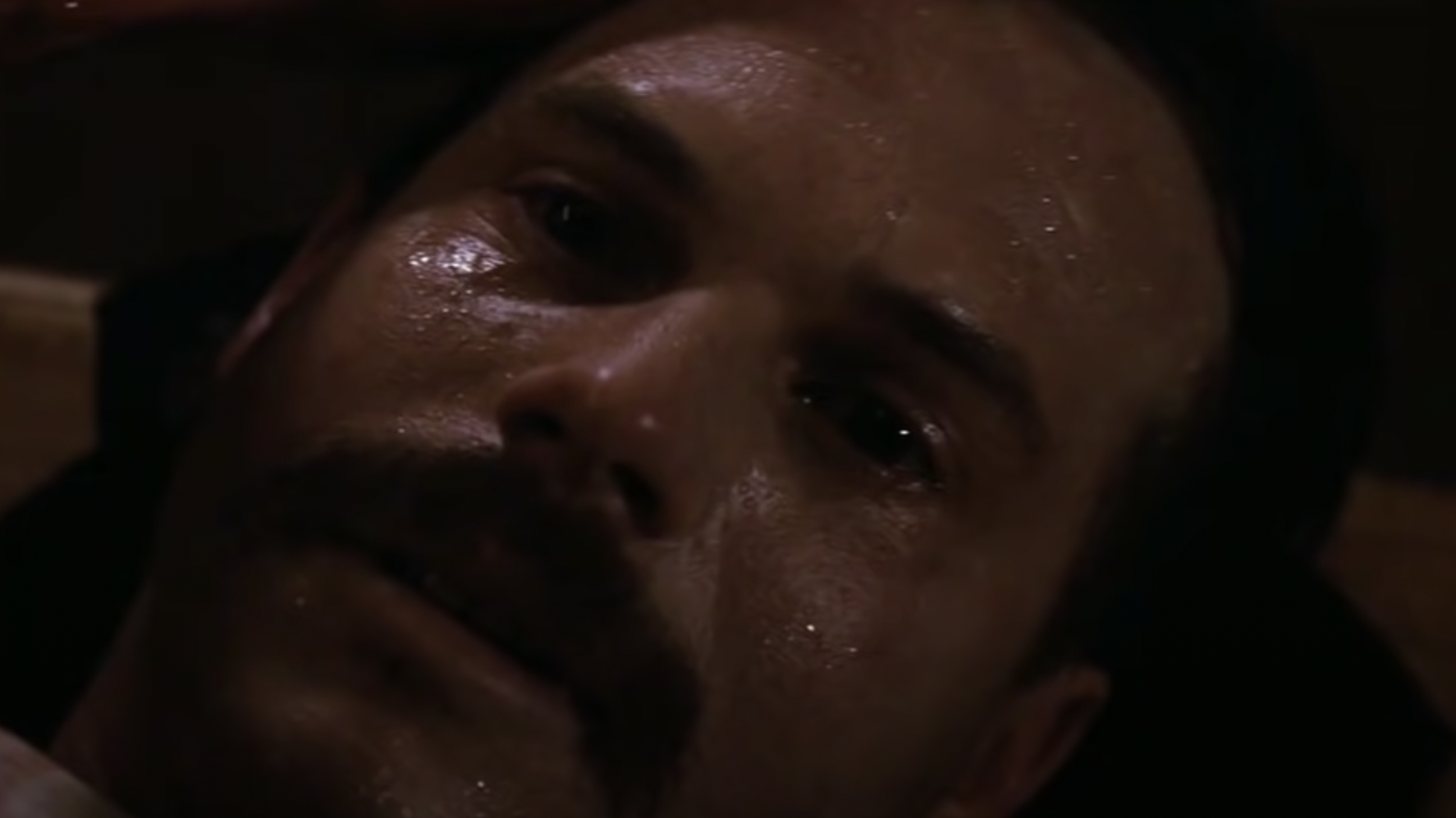
After Virgil is shot during the O.K. Corral gunfight he manages to stagger back inside the saloon, where he collapses on the floor before Wyatt picks him up again. As Kurt Russell was lifting his costar up, he accidentally knocked Sam Elliott’s head on the bar of the saloon, but Elliott remained in character and the shot made it into the movie.
Jerry Goldsmith was originally supposed to score the film
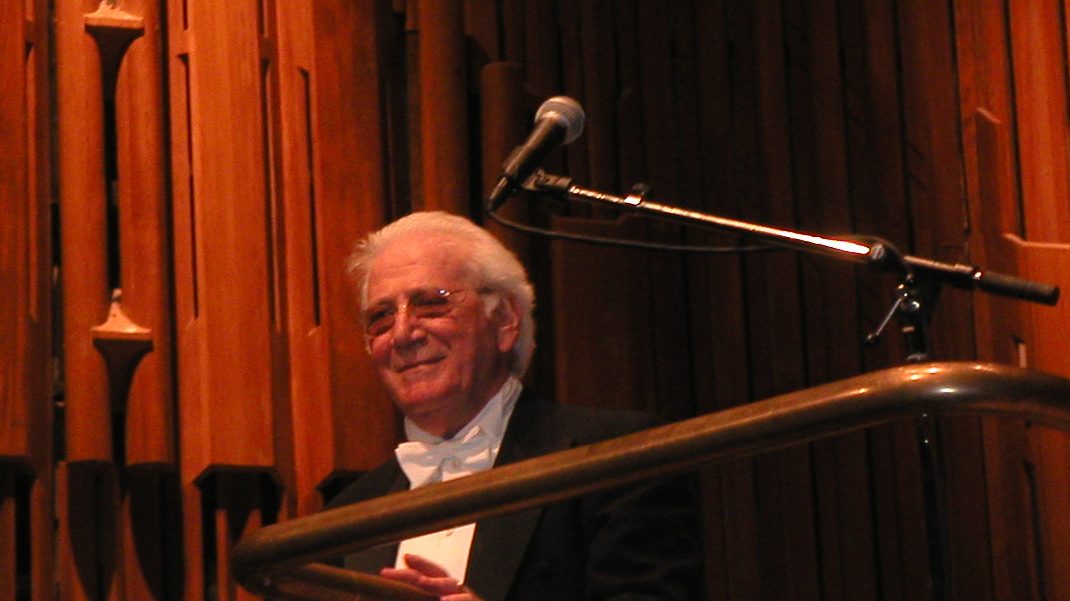
The first choice of composer for the film’s score was Jerry Goldsmith, a veteran of the industry with credits including The Omen, First Blood and Planet of the Apes. While Goldsmith initially agreed to work on the film, he eventually had to drop out due to scheduling conflicts. Bruce Broughton was hired instead, on the personal recommendation of Goldsmith.
One of the film’s iconic lines is historical
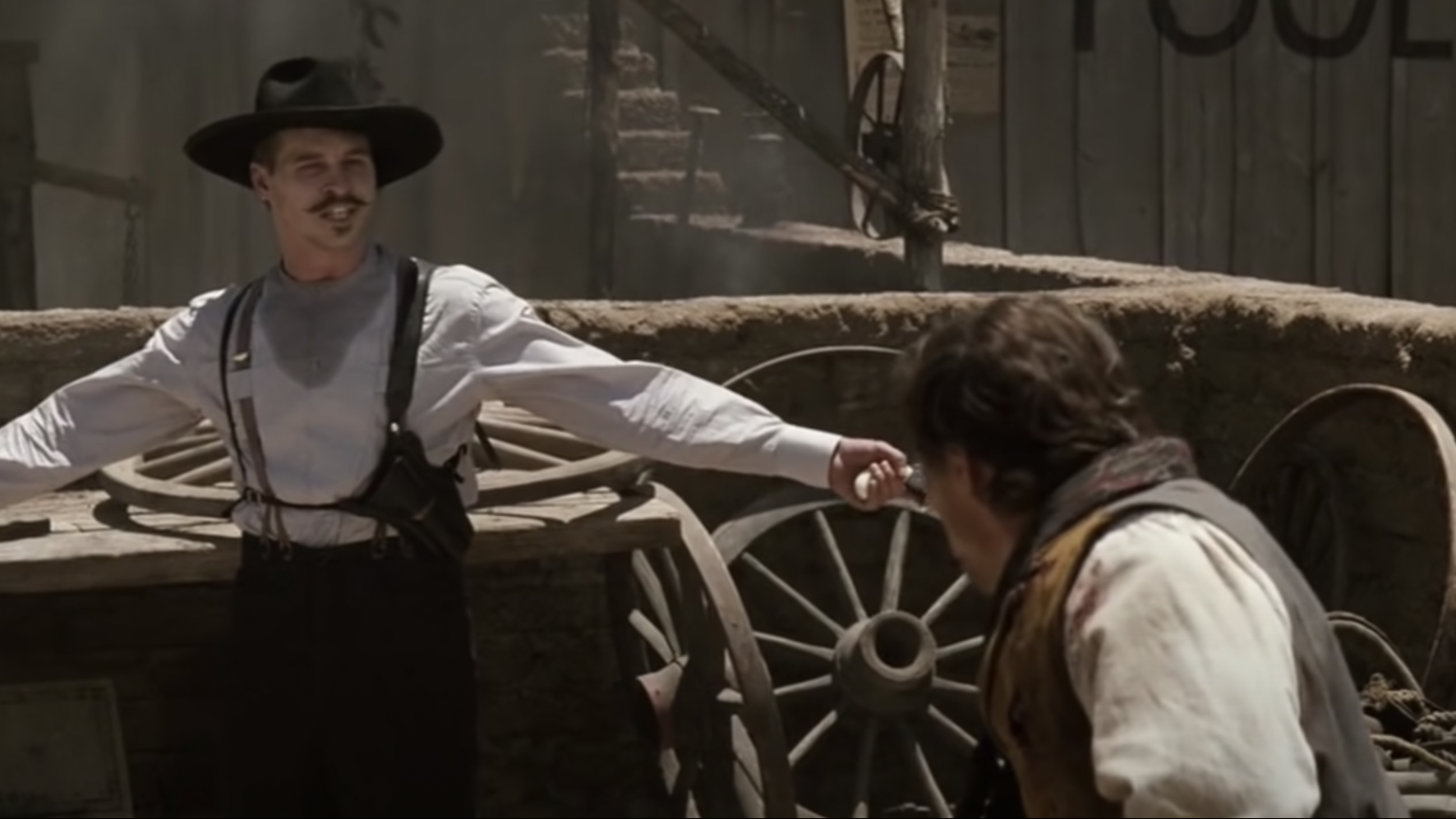
Towards the end of the O.K. Corral shootout, a cowboy points his gun at Doc Holliday and states, “I got you now, you son of a b**ch.” Doc retorts, “you’re a daisy if you do,” before the cowboy is shot down. This exchange is mentioned in the Tombstone newspaper report that covered the real-life gunfight.
John McTiernan was considered as replacement director
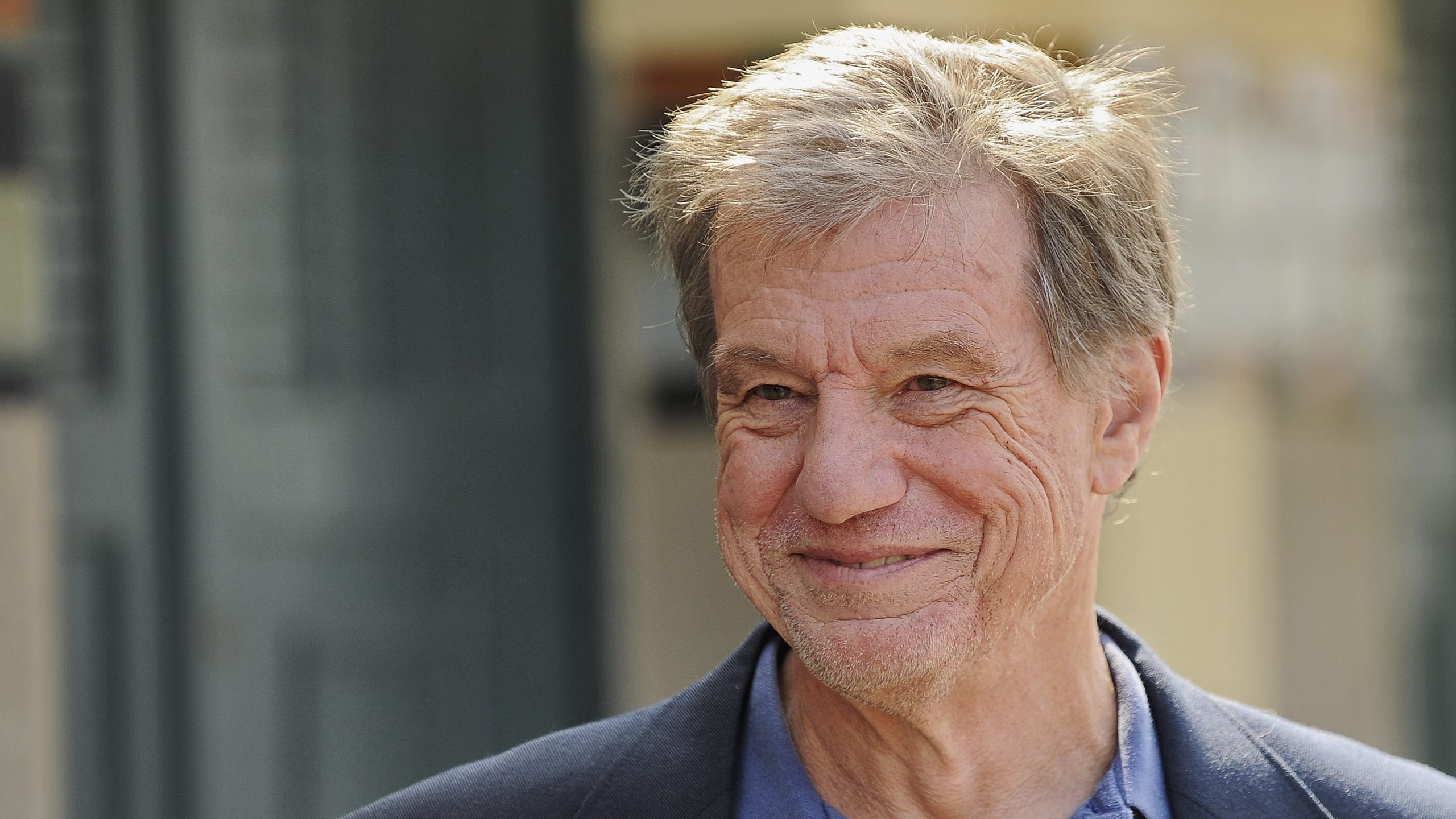
After Kevin Jarre was fired a matter of weeks into production, the project was offered to John McTiernan, who at that point was best known for directing Die Hard and Predator. Tiernan accepted under the condition that he could pause production for two weeks while he reviewed the footage. Ultimately, the producers wouldn’t agree to his terms and the offer was pulled.
Val Kilmer and Kurt Russell bought each other gifts
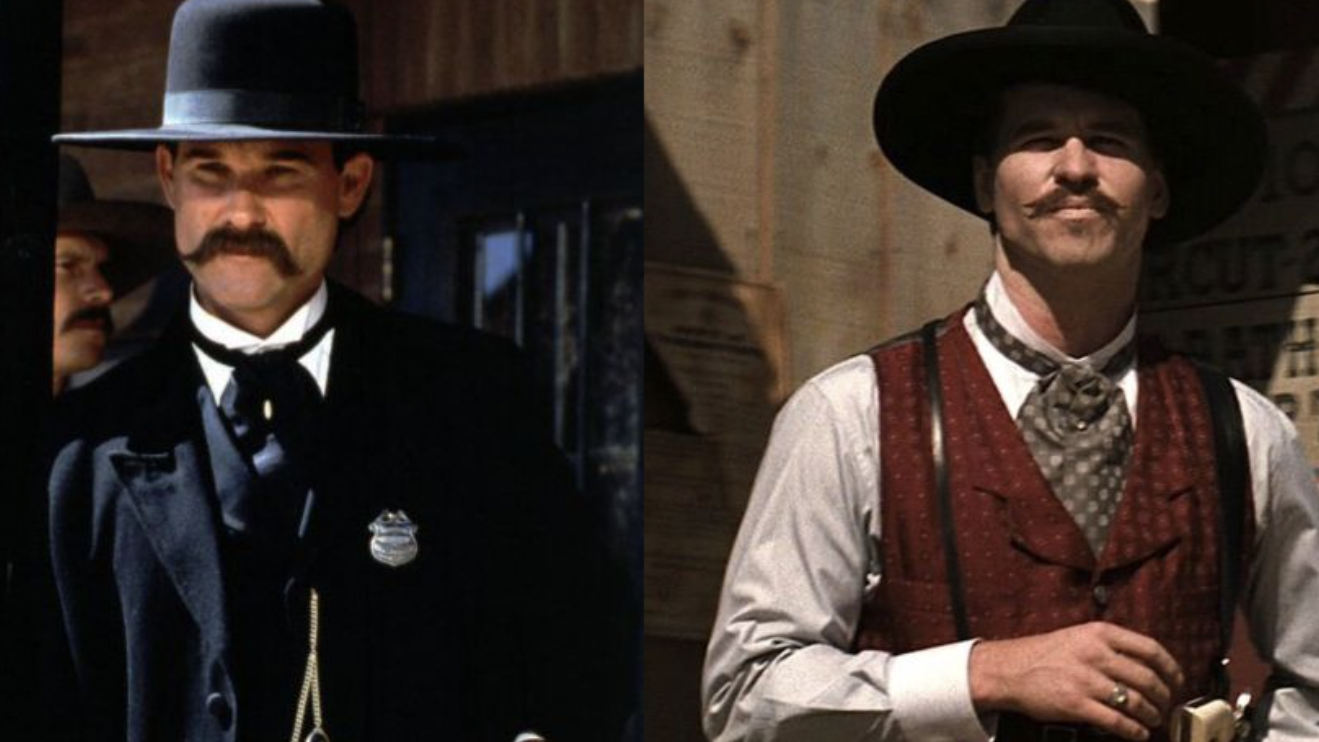
Val Kilmer and Kurt Russell – who play Doc Holliday and Wyatt Earp respectively – bonded throughout production of Tombstone and became good friends, even exchanging themed gifts. Russell purchased Kilmer a burial plot in the real Tombstone, while Kilmer bought his costar a piece of property in the town.
Fred White’s death went down differently in real life
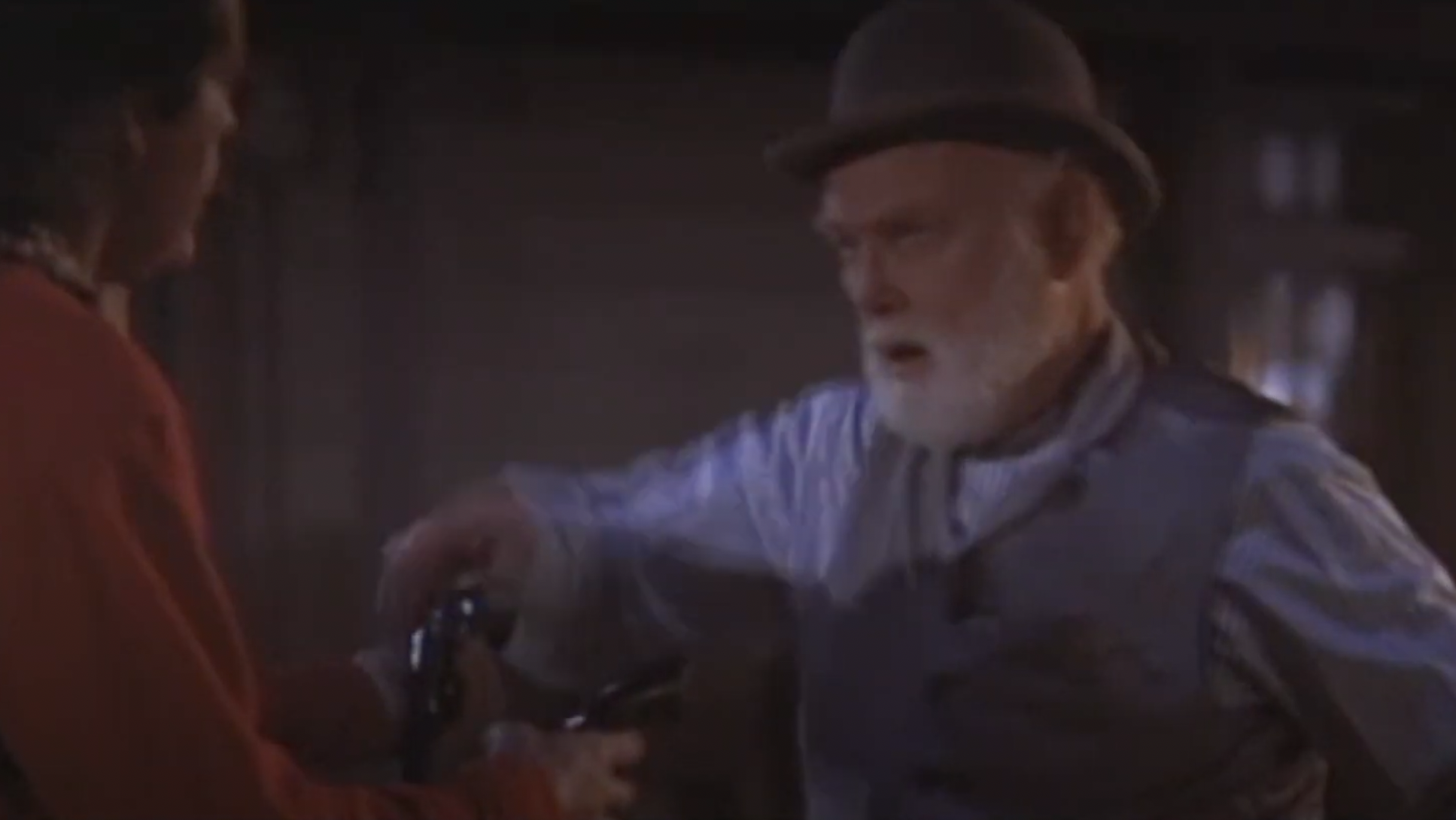
In Tombstone, Curly Bill Brocius murders Marshal Fred White but gets away with it due to a lack of witnesses. In real life, Brocious was handing a weapon to White when it accidentally discharged and shot the marshal in the groin. White explained the circumstances before his death, so no charges were brought against Brocious, who apparently was genuinely remorseful.
Cinematographer William Fraker quit three times
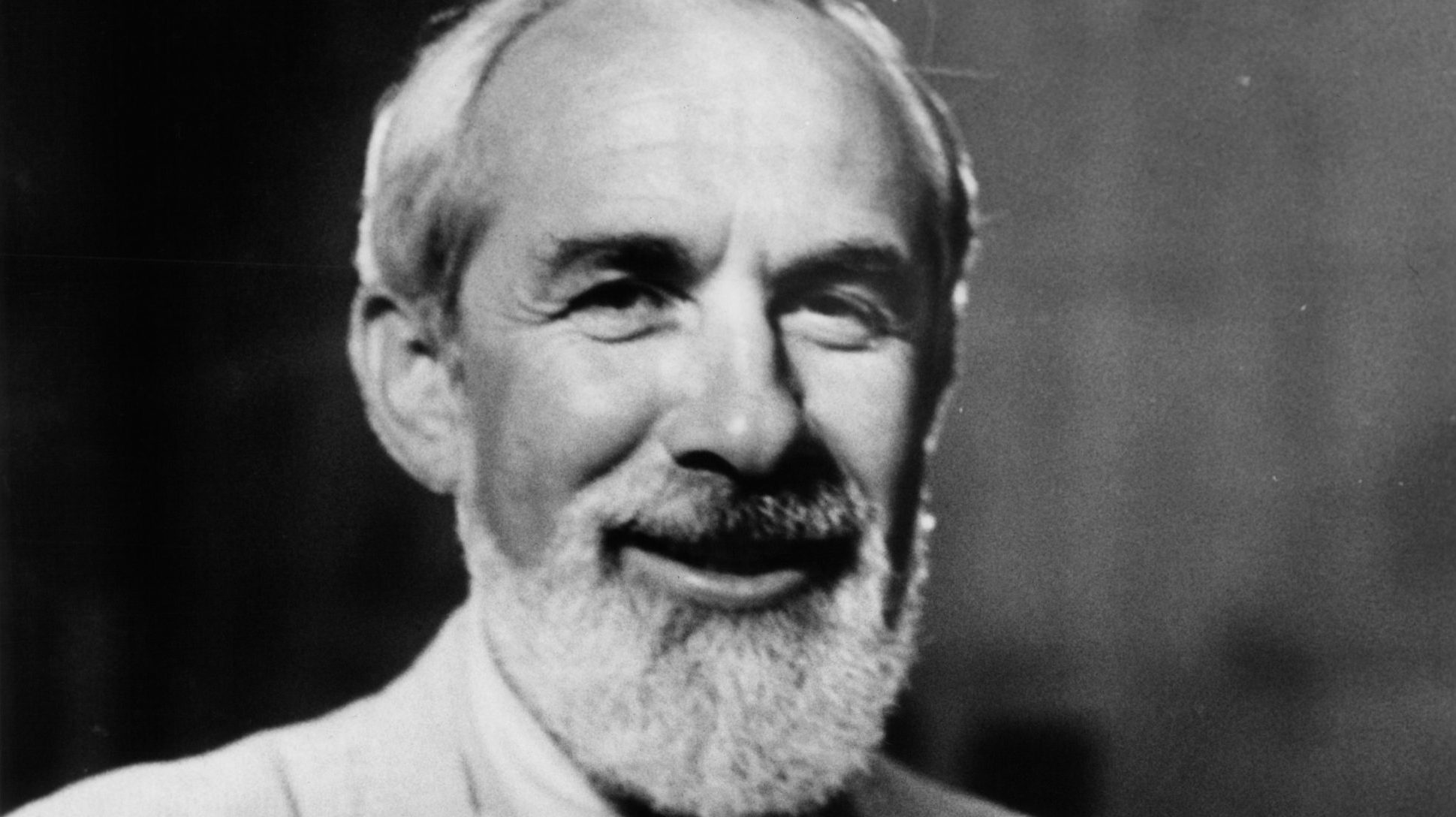
The first weeks of Tombstone’s production were notoriously chaotic, as it quickly transpired that first-time director Kevin Jarre had no clue what he was doing. William Fraker, who was the film’s chief cinematographer, consistently complained that Jarre wouldn’t listen to any of his advice, prompting him to quit a total of three times.
Val Kilmer ad libbed the wink
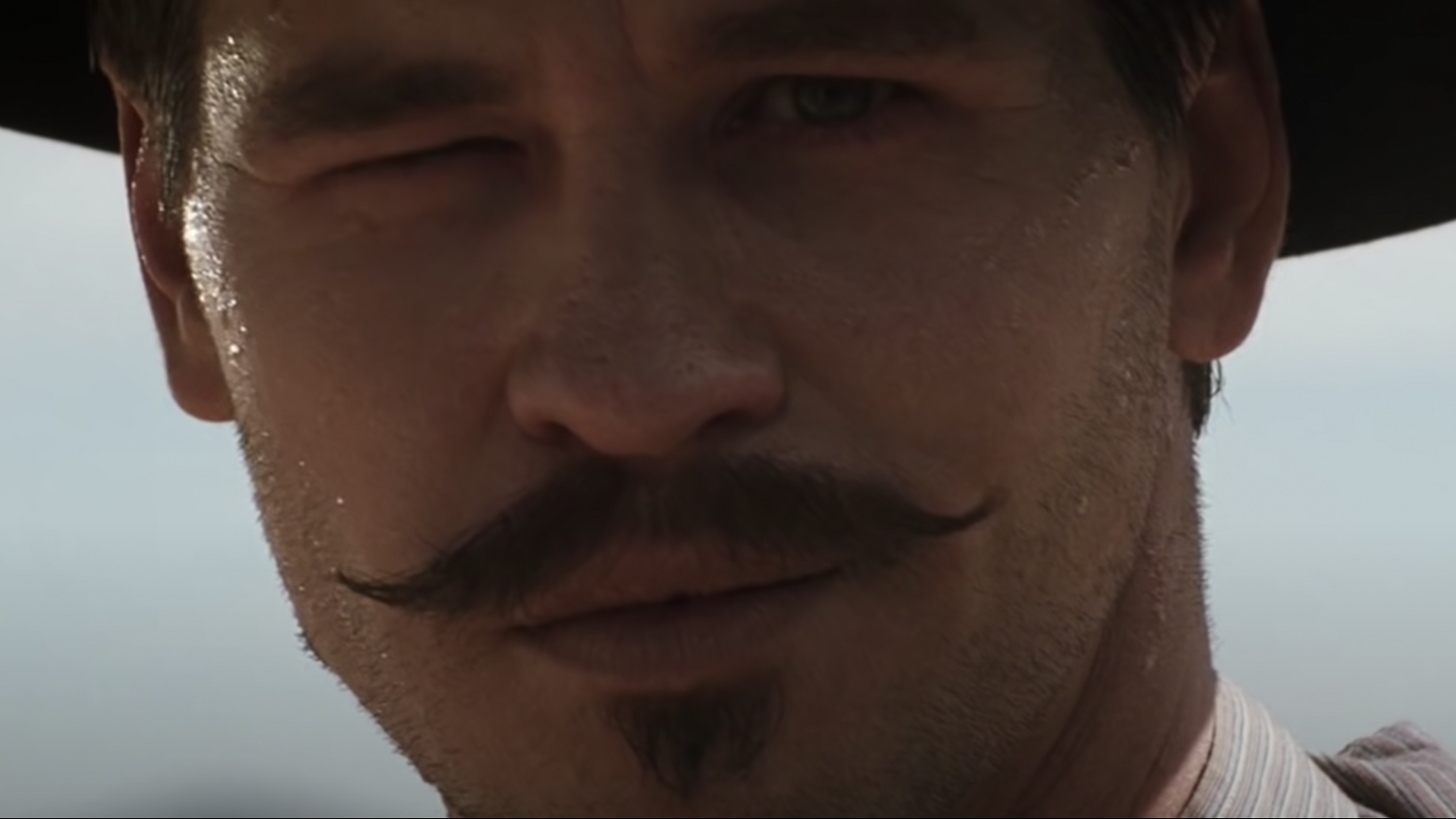
Val Kilmer has a reputation for ad libbing classic moments in films, and Tombstone is no exception. Just before the outbreak of violence at the O.K. Corral, Kilmer winks during a closeup shot of his face. The actor made this up on the spot, and it went on to become one of the most iconic moments in the movie.
George Cosmatos wasn’t popular on set
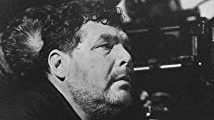
Even though George Cosmatos was the official director of Tombstone, Kurt Russell later revealed that he was the one literally calling the shots. Cosmatos was generally disliked on set, with Michael Biehn stating in an interview that he barely spoke to the director due to his habit of treating extras and anyone he perceived to be below him poorly.
There’s a mental health related easter egg
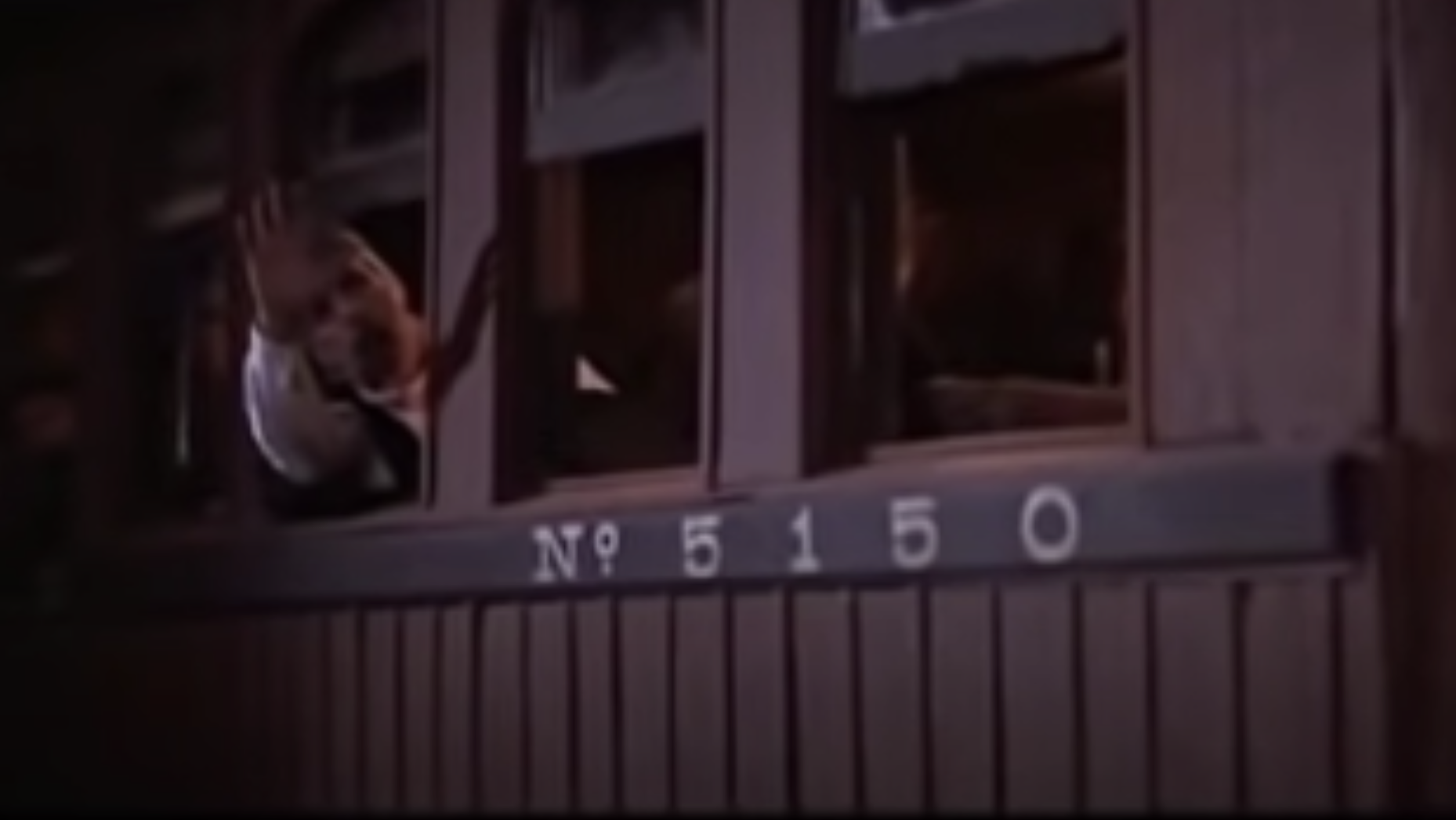
During Wyatt’s famous “you tell ’em I’m coming, and Hell’s comin’ with me” speech, he’s standing in front of a train car marked ‘5150’. This number is the California Welfare and Institutions code for a person who needs to be involuntarily committed because they present a clear danger to themselves or others.
Michael Douglas was considered for Doc Holliday
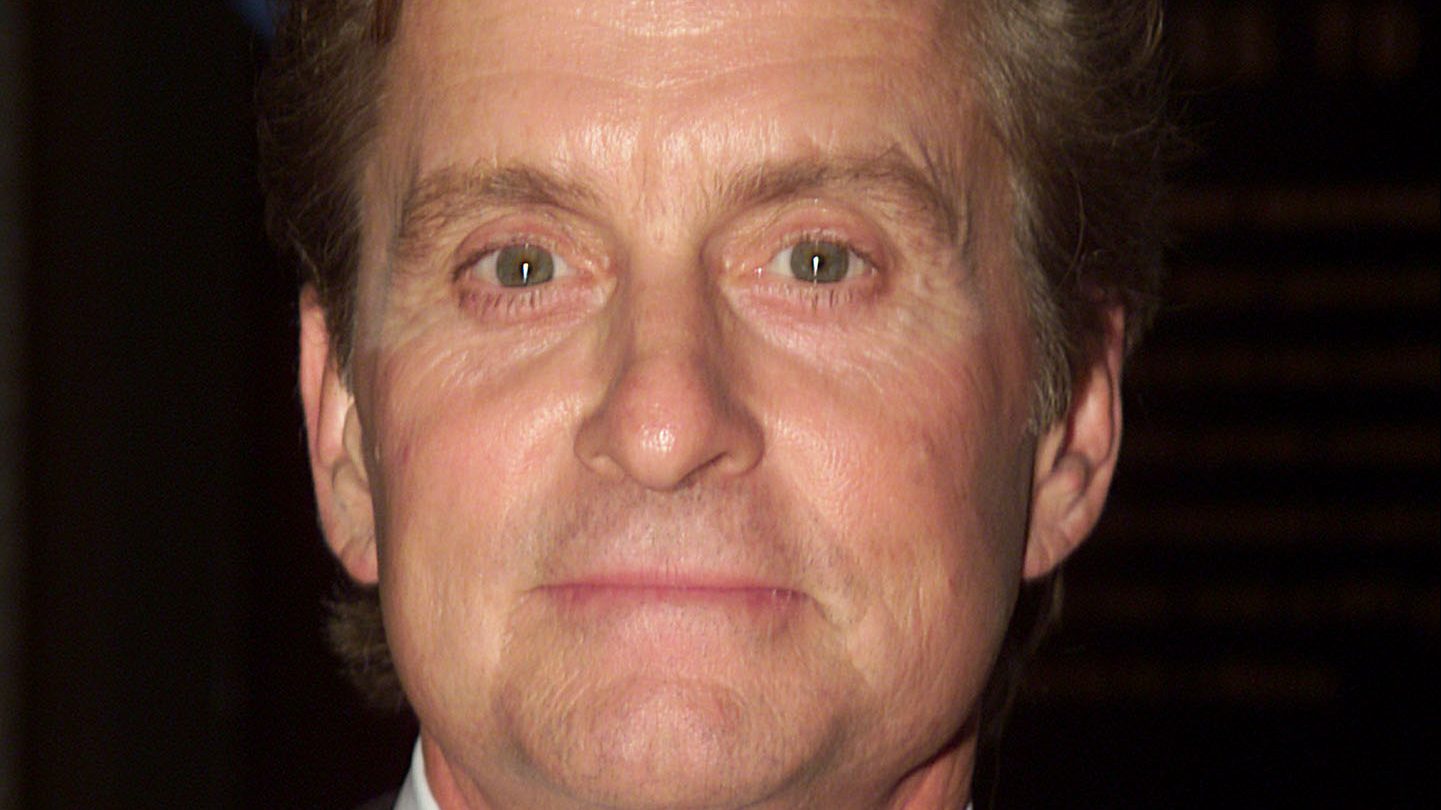
During casting, producers considered offering the role of Doc Holliday to Michael Douglas. The actor’s father – Kirk Douglas – played the character in 1957’s Gunfight at the O.K. Corral, so it would have been fitting. Ultimately, however, the role went to Val Kilmer.
Val Kilmer’s introduction mirrors Top Gun
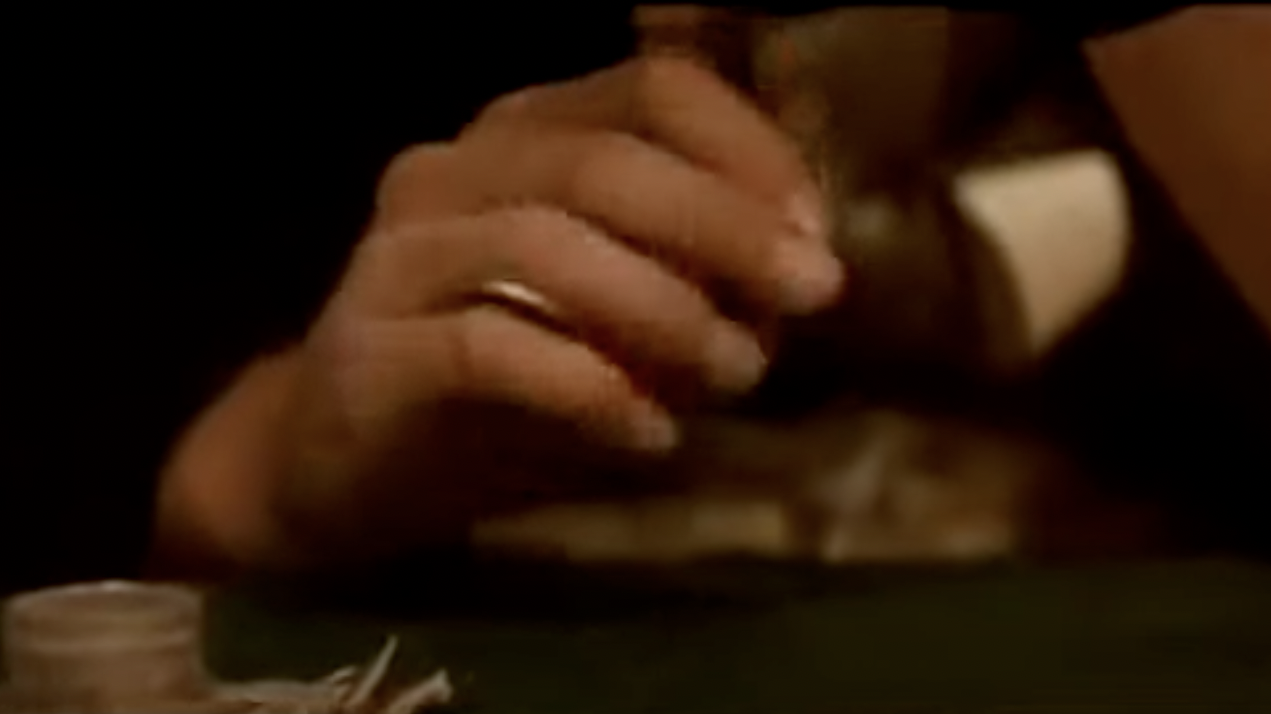
Val Kilmer’s introduction in Tombstone begins with a closeup of the actor’s hand flipping a coin, before panning up to reveal his face. This is incredibly similar to Kilmer’s introduction in 1986’s Top Gun, which follows the exact same structure, although his character is flipping a pen instead of a coin.
There’s footage in the trailer that’s not in the film
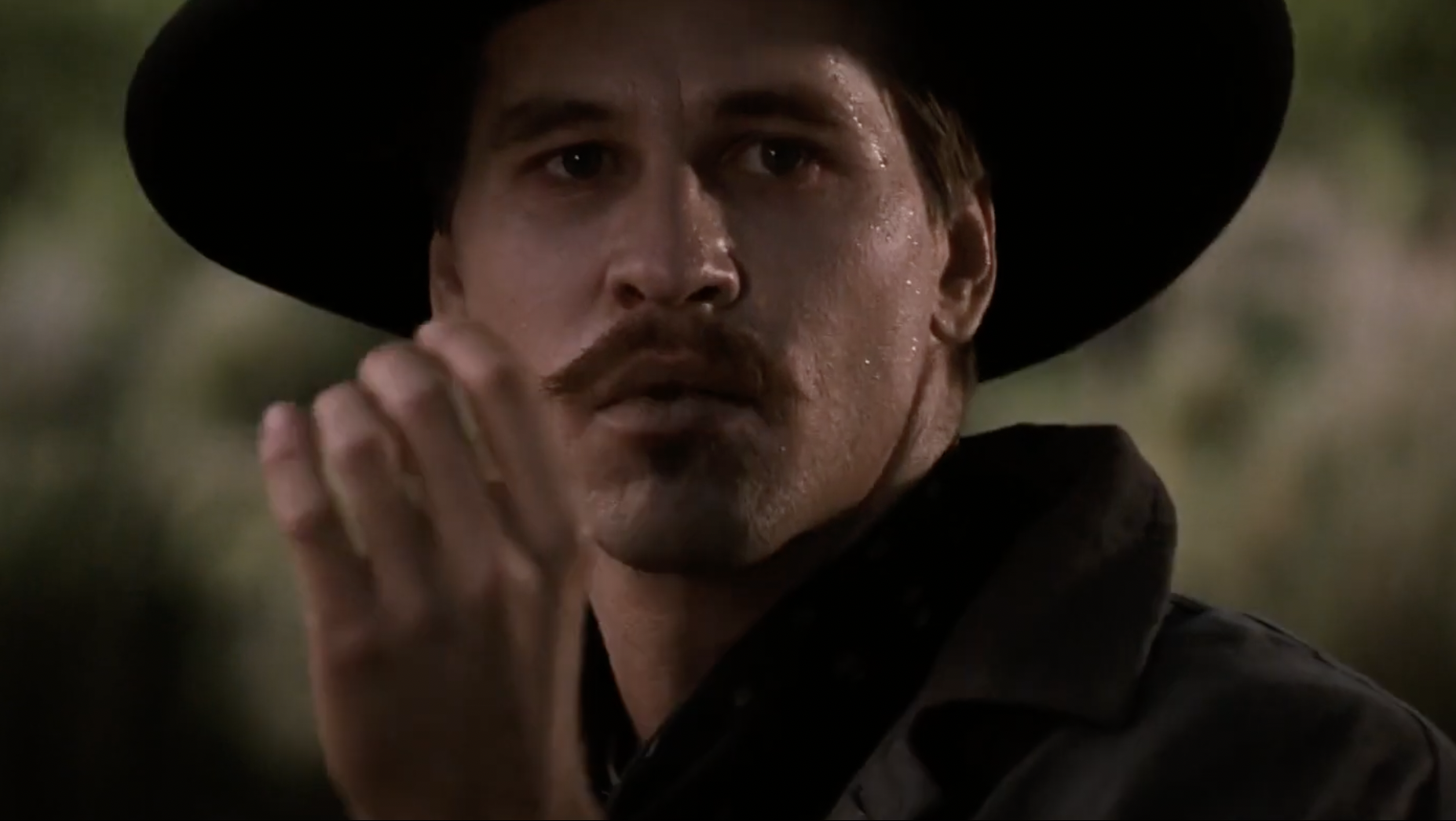
The original trailer for the film contains a shot of cowboys sitting round a fire and throwing bottles into the flames. This scene was originally supposed to take place after the dead bodies from the O.K. Corral were buried, but it was cut from both the theatrical release and the extended edition that was later released on DVD.
There’s a continuity error in the poker game
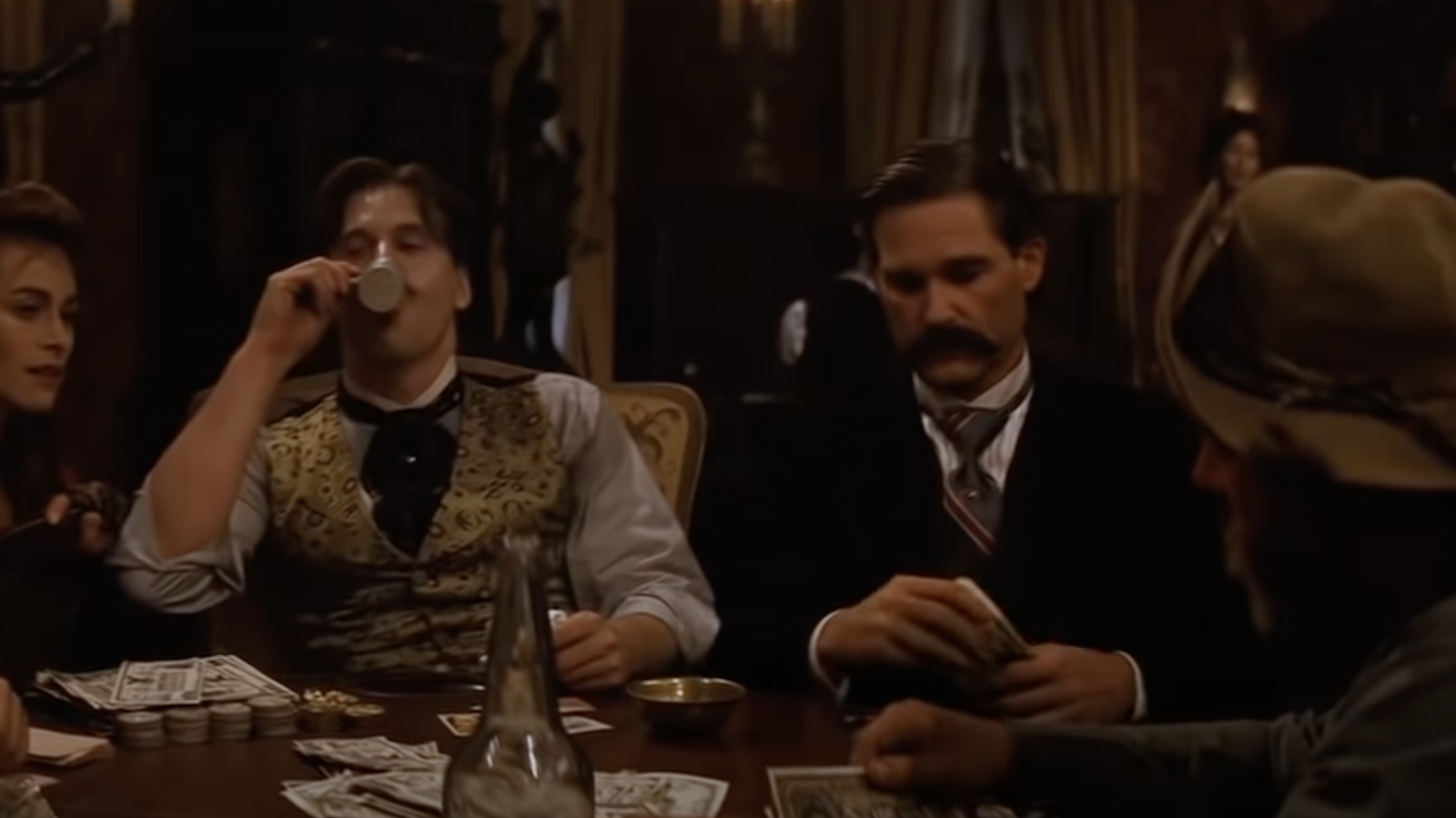
Near the beginning of the film, Doc Holliday is playing poker with a number of men, including Ed Bailey. When Doc reveals his winning hand, Ed pushes the table in rage, knocking Doc’s drink to the floor. In the next shot, the drink is back on the table, in its original position and still containing liquor.
The film was supposed to be much longer
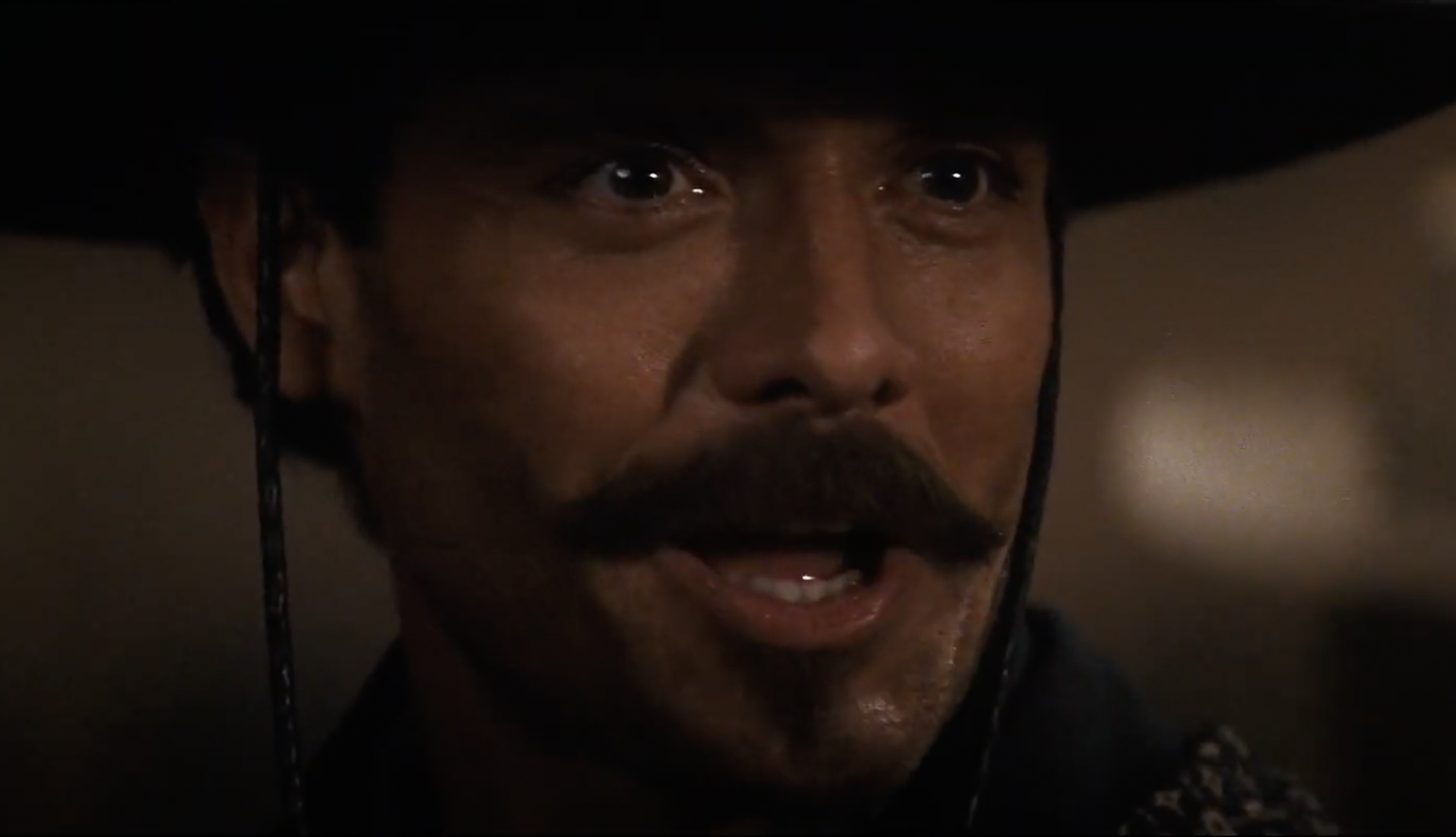
Kevin Jarre’s original script for the film was long and sprawling, exploring the lives of the protagonists in great detail. When George Cosmatos was drafted in to take over directing duties, he hired John Fasano to trim the fat, resulting in a much tighter narrative. Jarre threatened to sue if Fasano was credited as a writer, so he’s listed as an associate producer instead.
The title of Val Kilmer’s autobiography references Tombstone
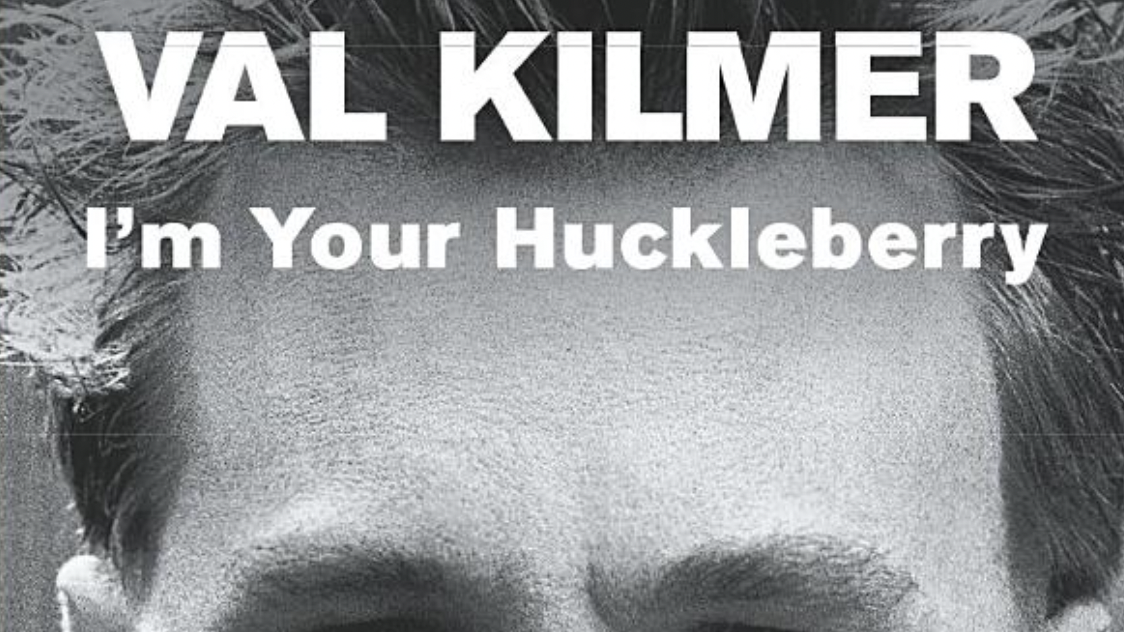
One of the film’s most famous lines is “I’m your Huckleberry,” delivered by Val Kilmer’s Doc Holliday. There has been much debate over the years as to exactly what the line means, and whether or not it’s a reference to Mark Twain’s novel Adventures of Huckleberry Finn (it isn’t). The line is so iconic that Kilmer even used it as the title of his autobiography.
The music was heavily influenced by The Searchers
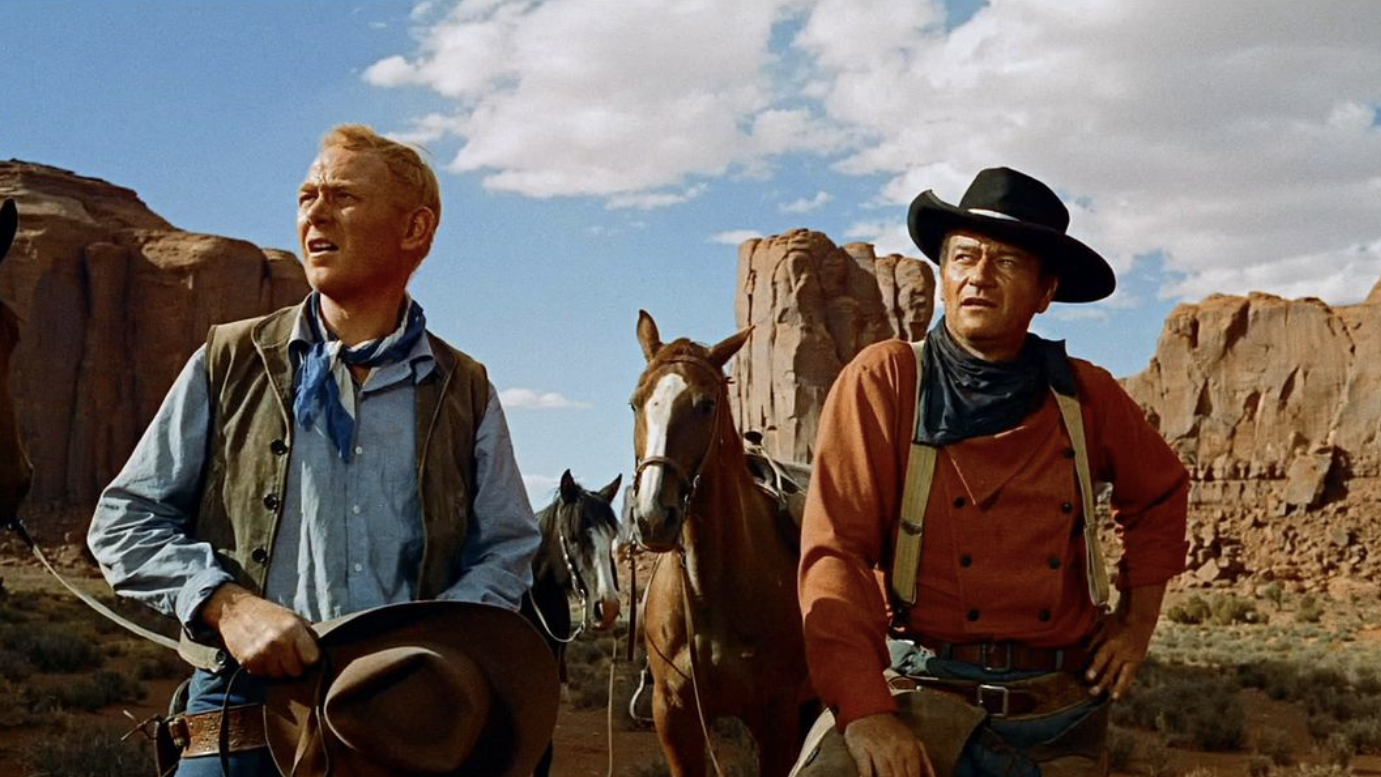
1956’s The Searchers is considered one of the greatest Westerns of all time, and its score – which was composed by Max Steiner – clearly had a strong influence on Bruce Broughton when he was scoring Tombstone. There are many similarities between the scores, and a variation of the Indian Traders theme from The Searchers is used prominently halfway through Tombstone.
The out of tune piano is realistic
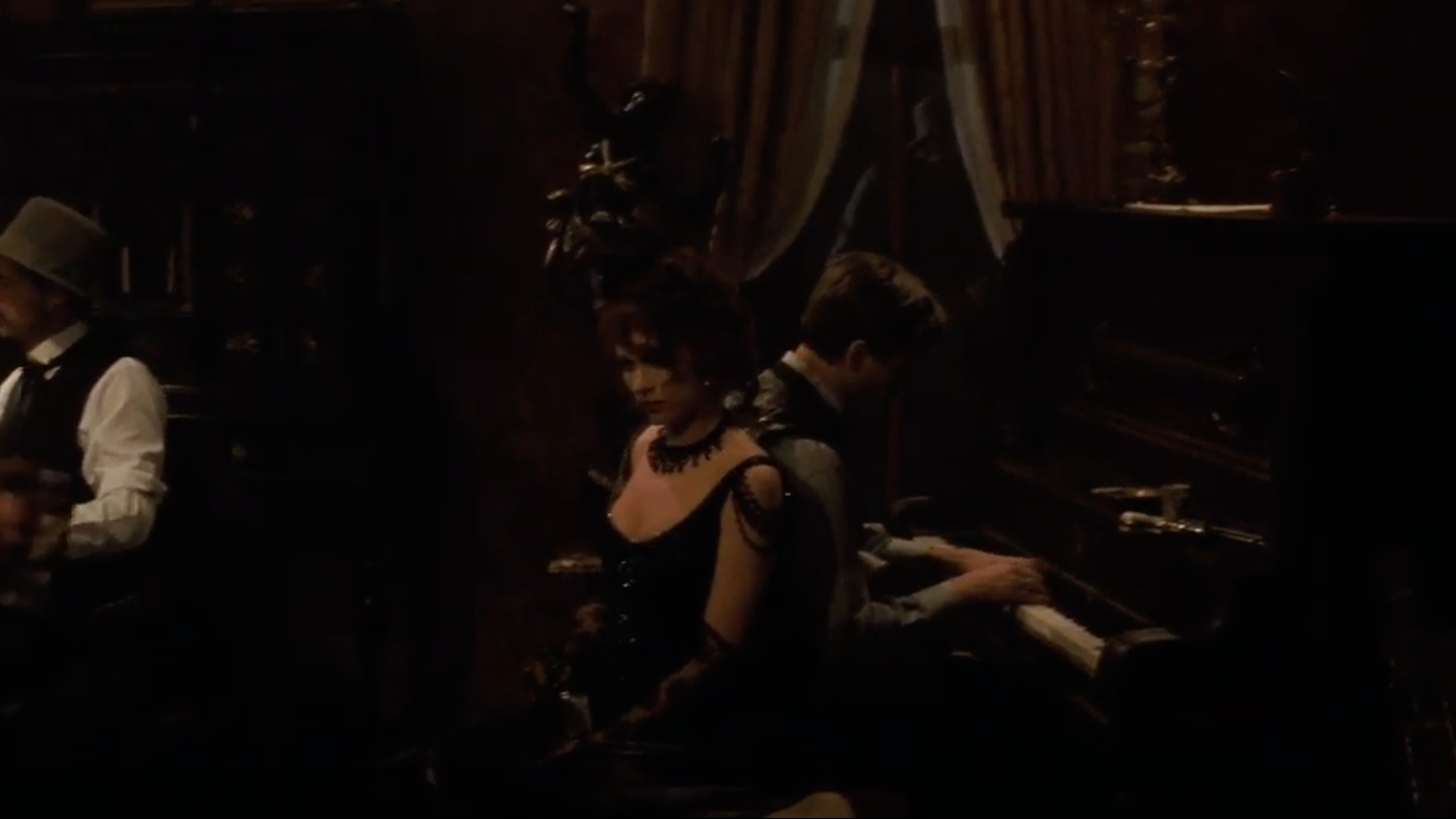
Out of tune pianos are something of a cliché in Westerns, and Tombstone is no exception, with the piano that is used to play Chopin’s Nocturne No. 19 sounding distinctly worse for wear. This is actually realistic, as piano tuners would have been extremely rare in the Old West.
Kevin Jarre was supposed to appear in the film
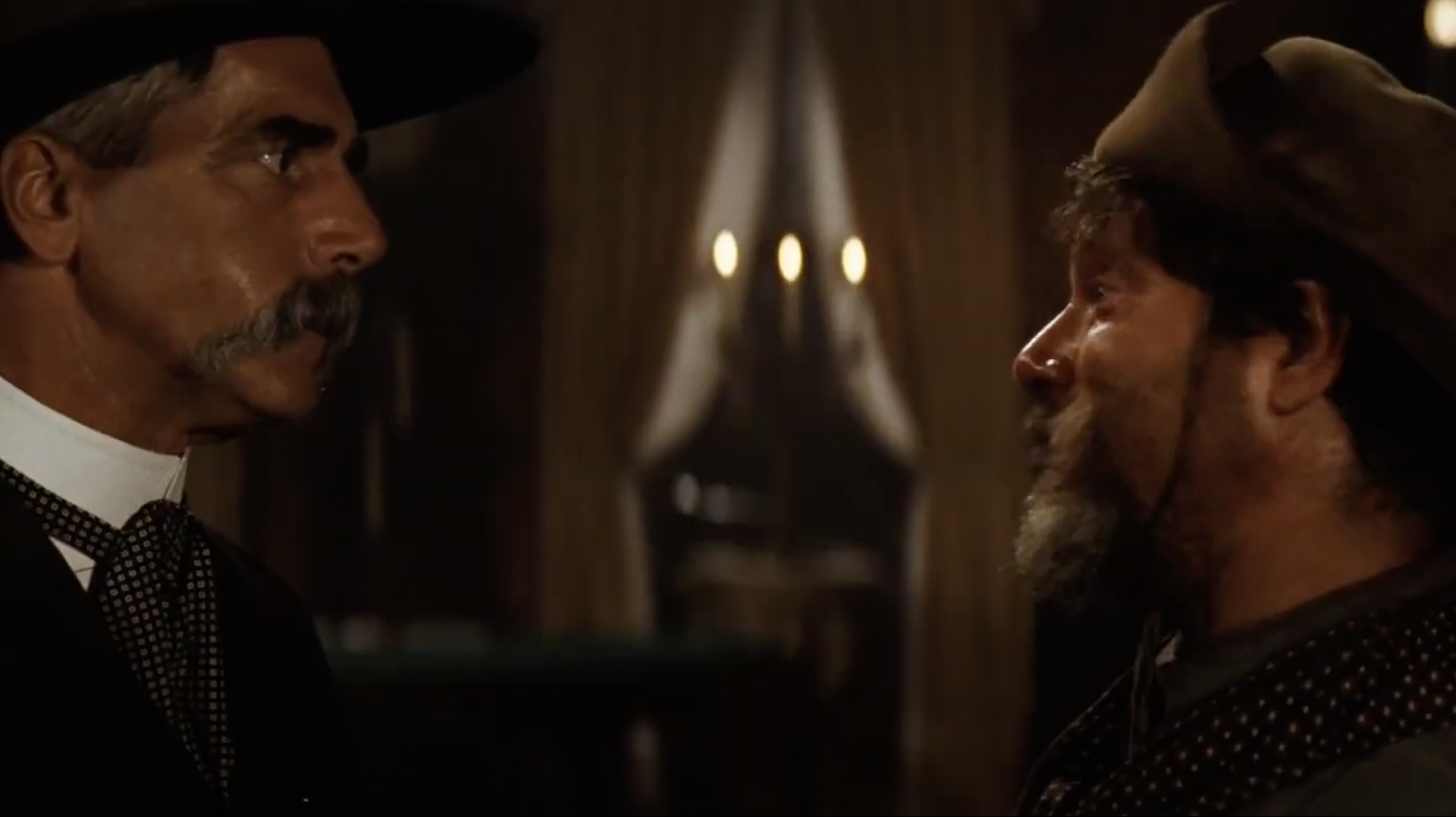
An opening scene in the film’s original script would have featured Wild Bill Hicock, who Kevin Jarre intended to play himself. After the director was fired, the script was rewritten and that scene was cut, although Jarre probably wouldn’t have been thrilled about making his planned cameo even if the scene had been kept.
The shooting in the film isn’t realistic
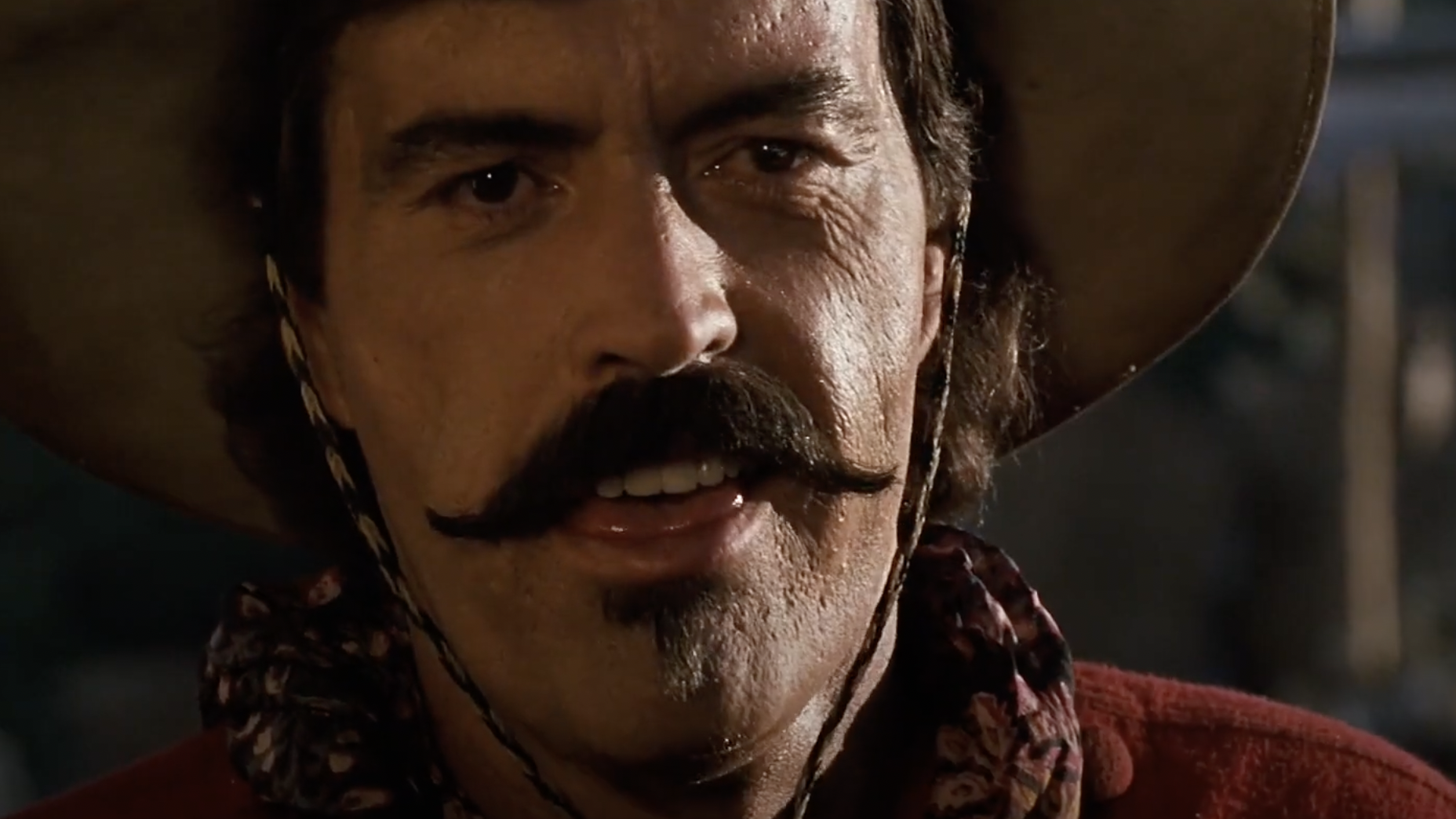
When Curly Bill is shooting up the town in a drunken rampage, he fires at least 14 shots without reloading either of his guns. Since he is carrying six shooters, the maximum amount of shots Bill would be able to fire without pausing to reload would be 12. Most of the gunfighters in the O.K. Corral scene also fire far too many shots without reloading.
Red Dead Redemption 2 was partly inspired by Tombstone
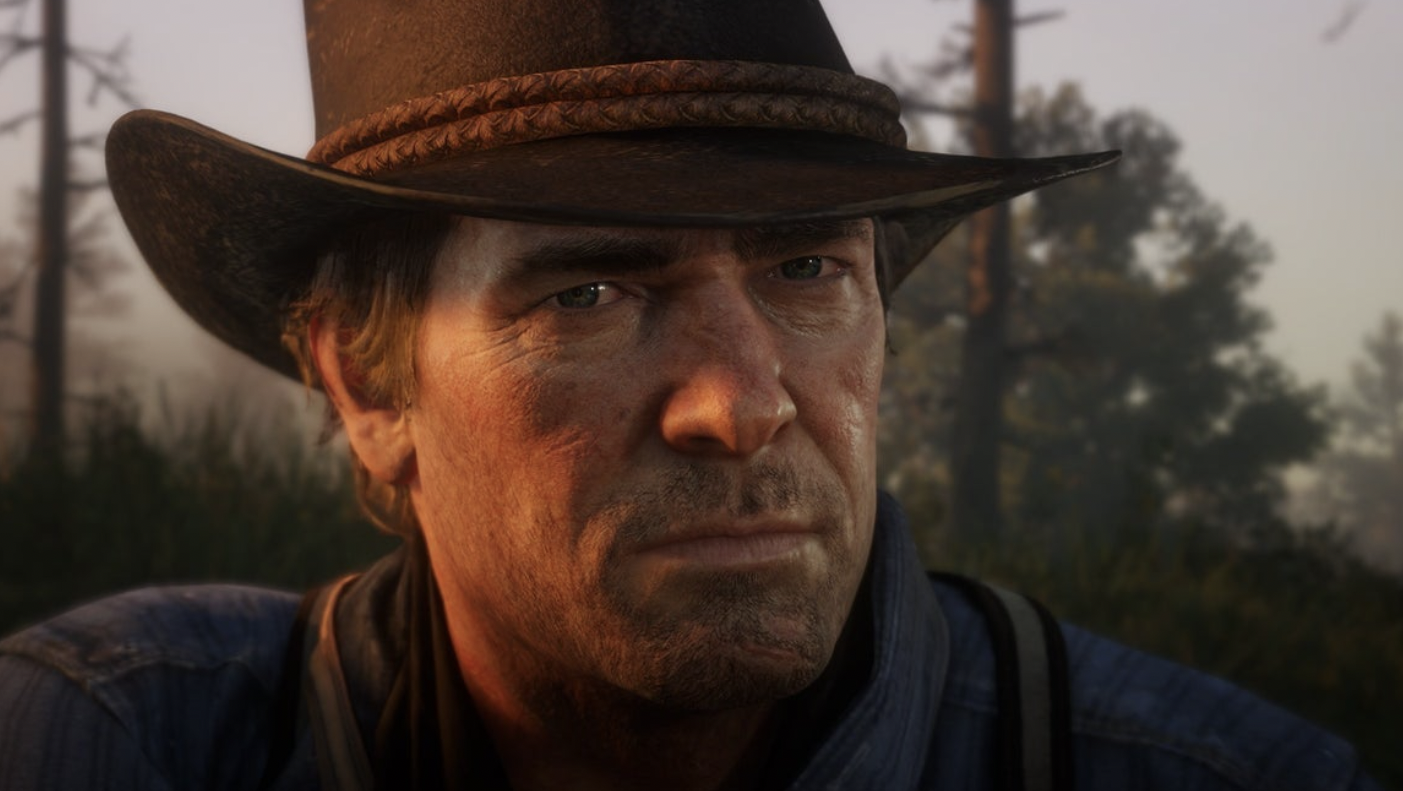
Throughout Tombstone, Doc Holliday’s health gradually deteriorates, and the film ends with him succumbing to tuberculosis. The writers of Red Dead Redemption 2 used this as inspiration for the narrative arc of the game’s protagonist, Arthur Morgan (spoiler ahead for those who haven’t played Red Dead Redemption 2!) who contracts the same disease after beating up an infected man who owes his gang money.
Michael Biehn only blinks at the end of the film
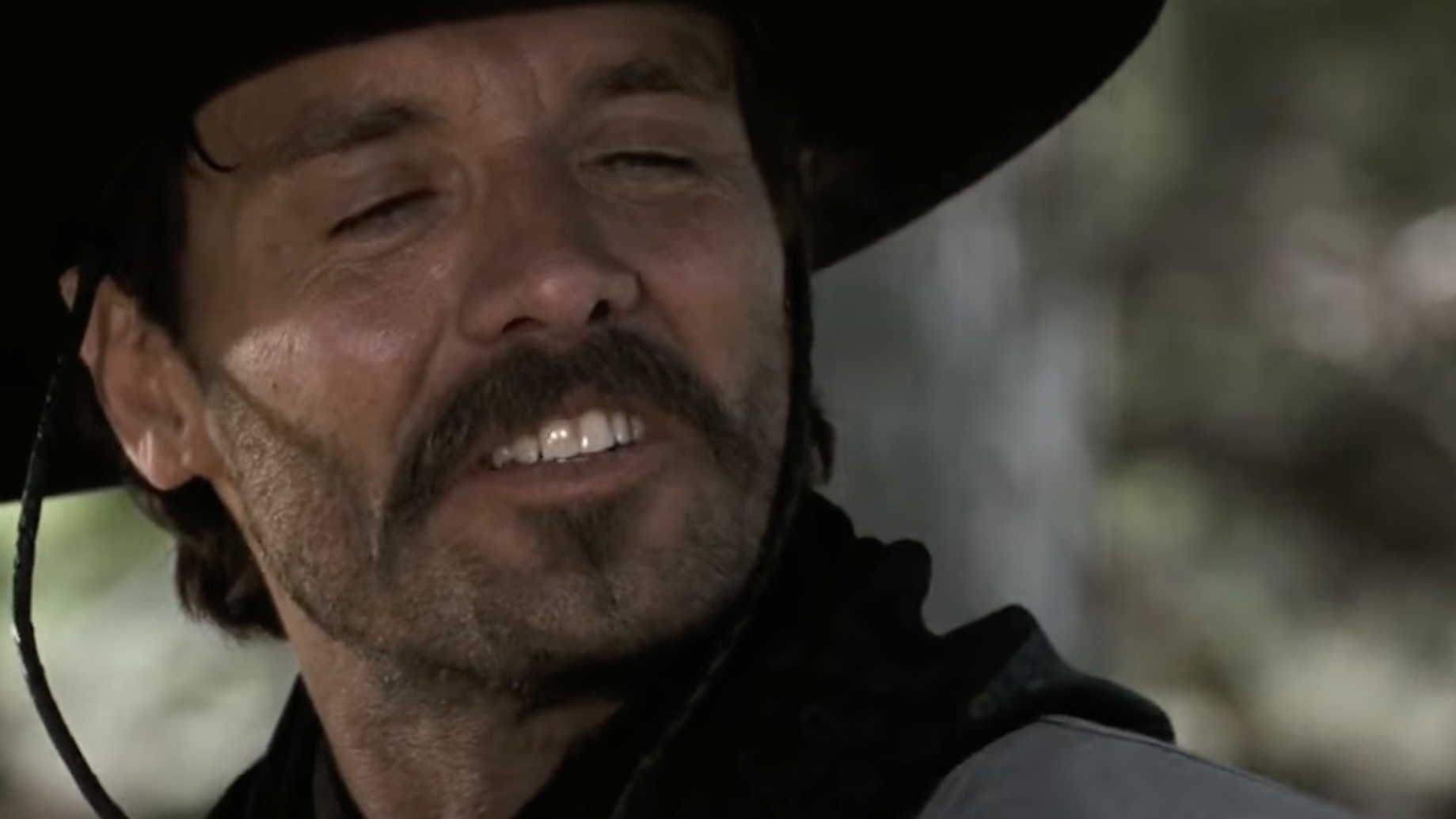
Throughout almost the entire film, Michael Biehn never blinks during closeups of his face. This was deliberate on the part of Biehn, as it was intended to convey the unshakeable confidence of his character, Johnny Ringo. The only time Biehn blinks is in the movie’s final showdown, to indicate that Ringo has finally been rattled.
Peter Sherayko is credited as ‘buckaroo coordinator”
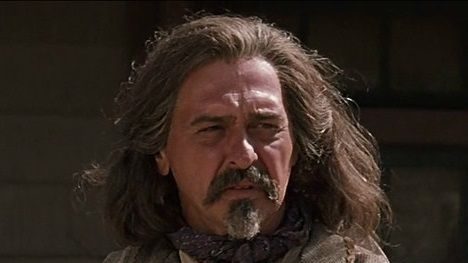
Eagle eyed viewers might have noticed that Peter Sherayko’s name appears twice in the credits for Tombstone. Once as Texas Jack Vermillion, and again as the film’s ‘buckaroo coordinator’. Sherayko, who is an avid rider, coordinated the riding shots for the movie, hence the highly unusual credit (buckaroo is a colloquial term for cowboy).
There’s an incorrect flag in the film
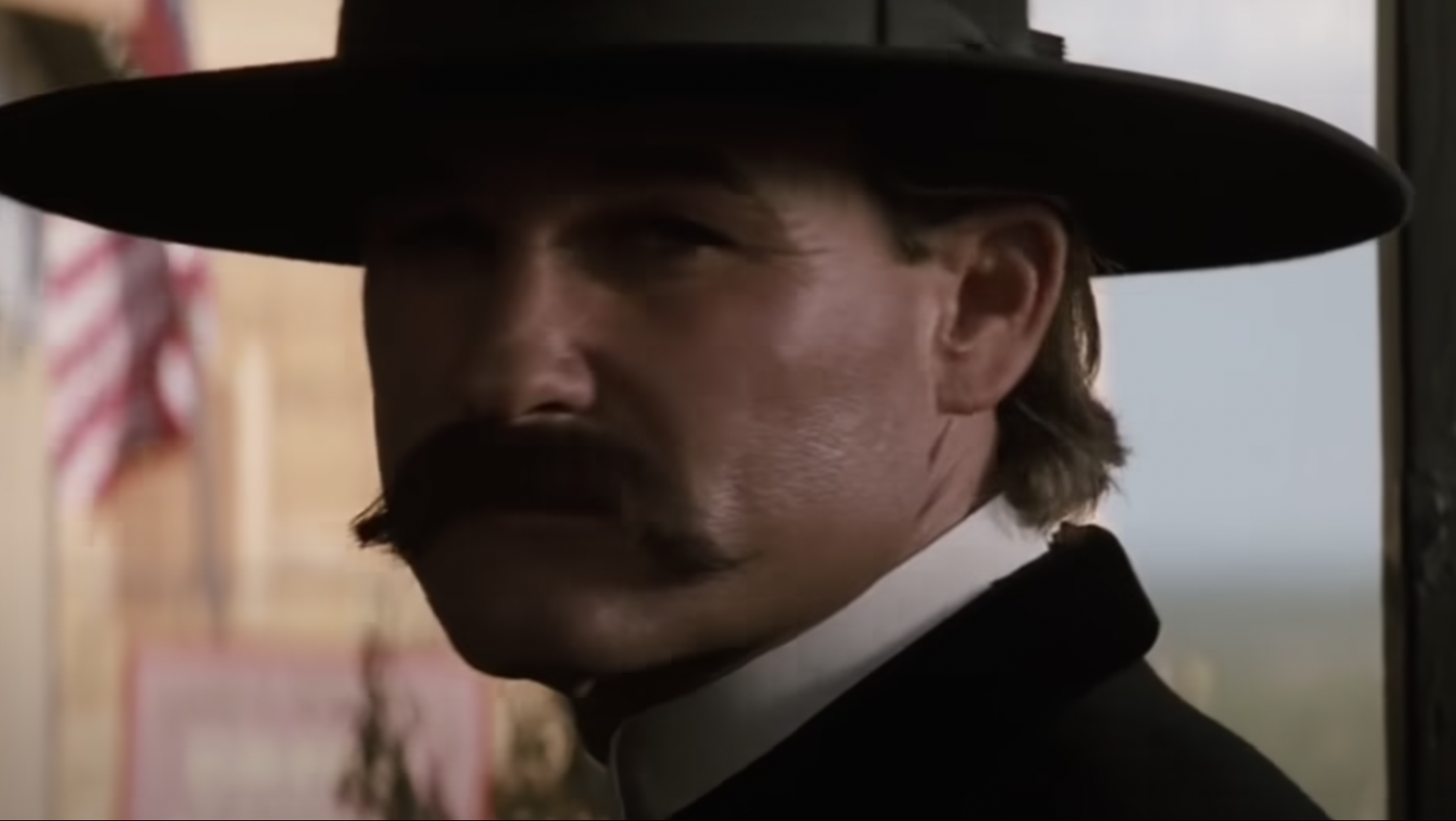
Shortly before the film’s famous shootout, an American flag can be seen flying in the background of one of the shots. The flag is adorned with 50 stars, which is incorrect, since in 1881 there were only 38 stars on flag. The modern version of the Star-Spangled Banner wasn’t created until 1959, at the request of President Eisenhower.
Wyatt Earp literally can’t wash the blood of his hands
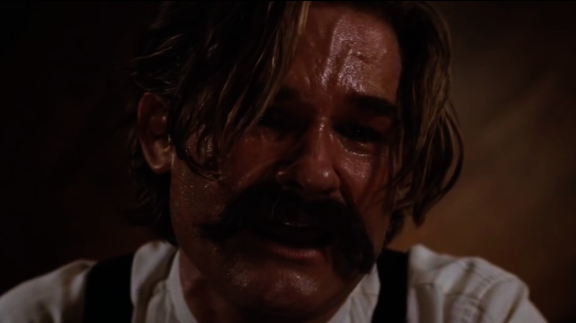
In the scene in which Morgan Earp dies from gunshot wounds sustained in an ambush, Wyatt Earp’s hands get covered with his brother’s blood. This blood remains on his hands in subsequent shots, even in the pouring rain. While you might assume this is a continuity error, it’s actually a Macbeth-style metaphor for Wyatt’s life of bloodshed and violence.
The setting for the final showdown was chosen for contrast
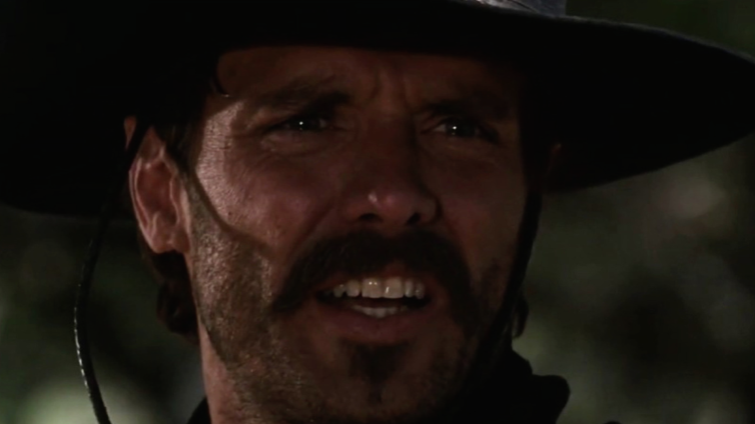
While Tombstone’s most iconic scene is undoubtedly the shootout at the O.K. Corral, the final showdown between Doc Holliday and Johnny Ringo is arguably even more tense. George P. Cosmatos deliberately set the scene in a serene forest, to contrast with the dusty streets that most of the film is set in.
“I’ll be damned” were Doc’s last words in real life
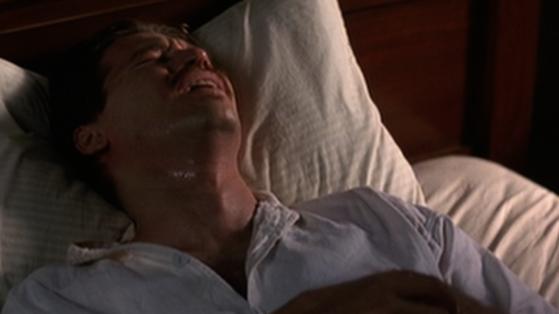
In Tombstone’s final scene, Doc Holliday finally succumbs to TB after uttering, “I’ll be damned.” These really were Holliday’s last words, and historians have debated what he meant by them. The general consensus is that they were an expression of surprise at the manner of the gunslinger’s passing, as he had always expected to die in a shootout.
Curly Bill’s death is more realistic than it seems
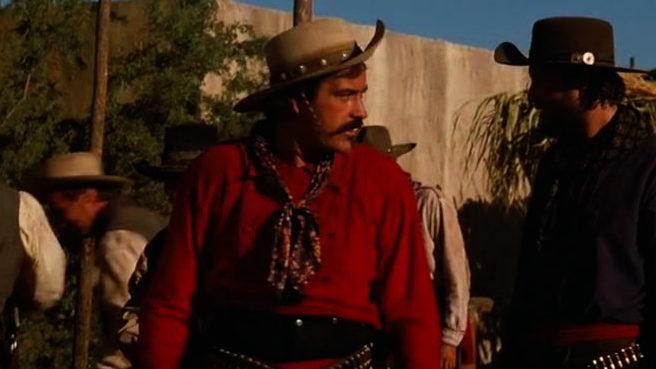
The scene in which Wyatt kills Curly Bill Brocious seems somewhat farfetched, with a large number of bullets missing Wyatt in a seemingly miraculous fashion. However, historical documents suggest it’s actually pretty spot on. In real life, Johnny Barnes – the cowboy Wyatt shoots after killing Brocious – managed to escape to a farmhouse before succumbing to his wounds, and he relaid the story of Wyatt casually strolling through a hail of bullets.
There’s a line from a previous film written by Kevin Jarre
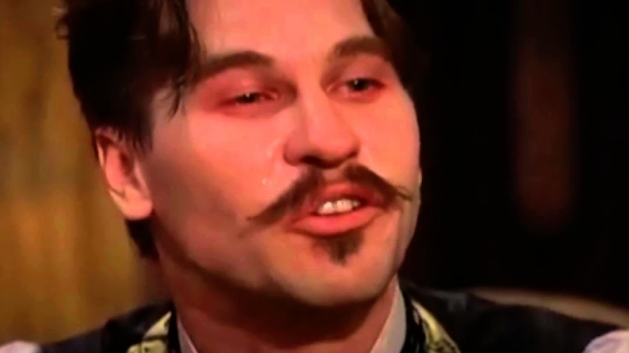
During the scene in which Doc Holliday and Ike Clanton are playing poker, as things get heated Doc taunts Ike by suggesting poker isn’t his game, before stating: “I know, let’s have a spelling contest.” This line is recycled from 1988’s Dead or Alive, which was also written by Kevin Jarre.
There’s a reason Doc Holliday is playing Chopin
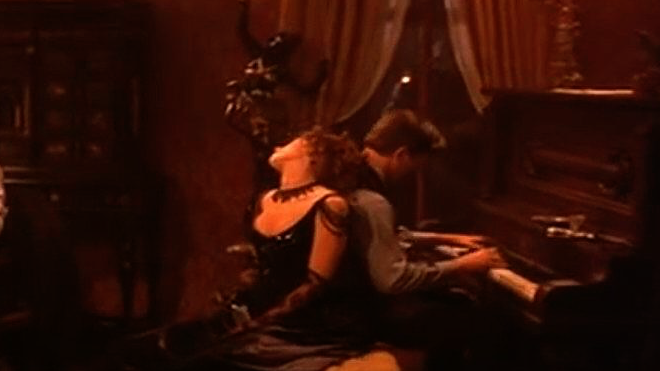
In one of the saloon scenes, Doc Holliday is playing Chopin’s Nocturne No. 19 on a very out of tune piano. One of history’s most celebrated composers, Chopin died at around the age of 30 from tuberculosis, the same disease that ultimately claims Doc’s life at the end of the film.
Richard Gere wanted to play Wyatt Earp
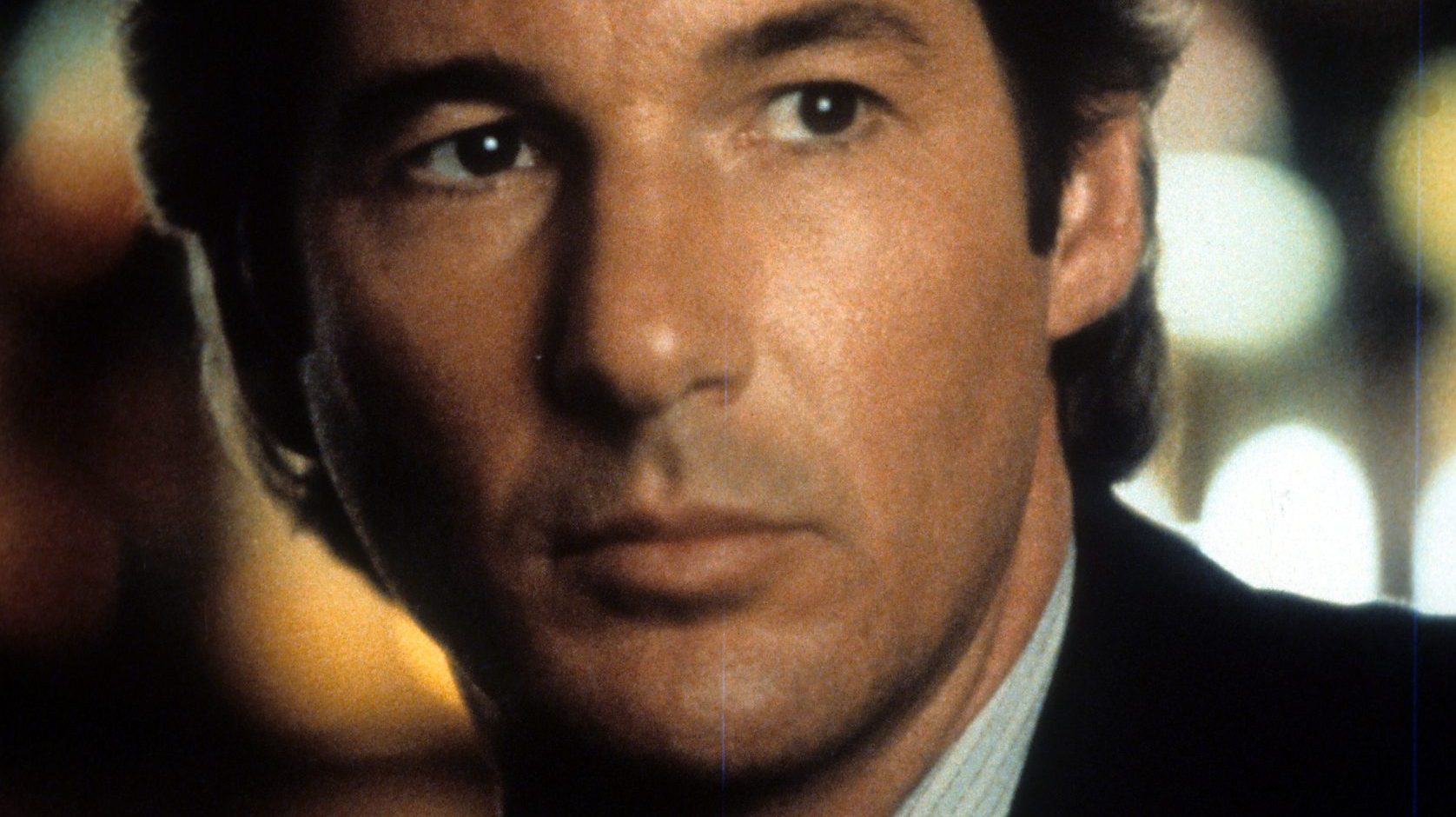
According to Kevin Jarre, Richard Gere wanted to play the role of Wyatt Earp. Producers briefly considered giving the Pretty Woman actor the role and having Kurt Russell play Doc Holliday, but then Val Kilmer absolutely blew the casting directors away, ensuring the role was his.
Kevin Costner was initially involved
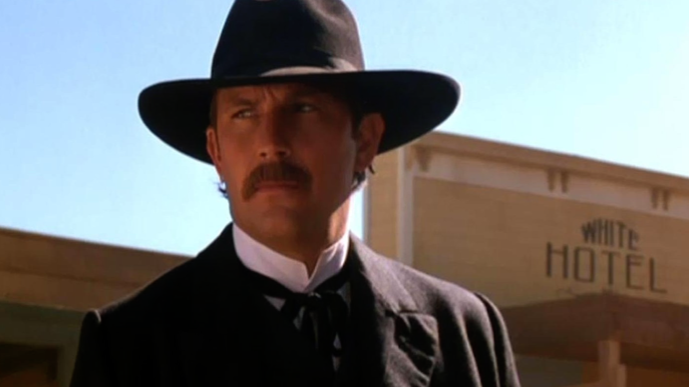
One of the earliest names attached to Tombstone was Kevin Costner, who agreed to portray Wyatt Earp in the film. The actor disagreed with the movie’s take on the character, however, as a result of which he ditched the project in favor of making his own Wyatt Earp biopic, which was released in 1994.
Frank McLaury has a disappearing hat
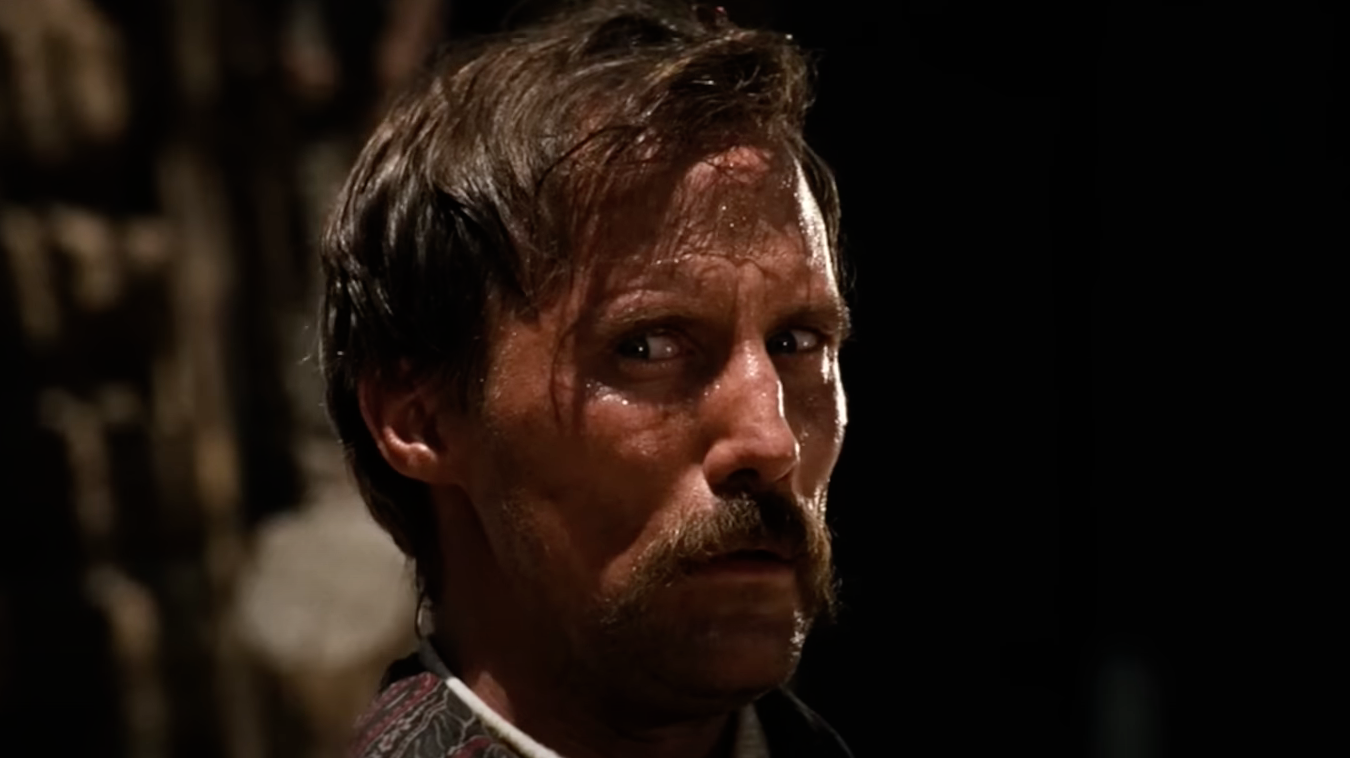
In the almost unbearably tense seconds before the gunfight at the O.K. Corral, as both sides are squaring off with their hands on their weapons, outlaw Frank McLaury’s hat disappears between shots. While continuity errors are unavoidable in films, you’d think someone would have noticed this blatant wardrobe mishap.
A popular theory about the “huckleberry” line is wrong
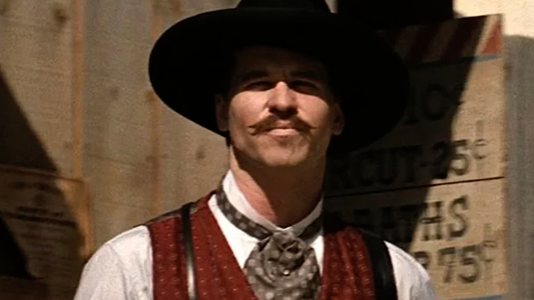
Few lines in the history of cinema have generated as much debate as Doc Holliday’s “I’m your huckleberry” quip. For a long time, a commonly accepted theory was that Val Kilmer actually says “I’m your huckle bearer,” a slang term for a pallbearer used in the American south. However, Kilmer eventually clarified that the word in the script was, in fact, “huckleberry.”
Mickey Rourke turned down the role of Johnny Ringo
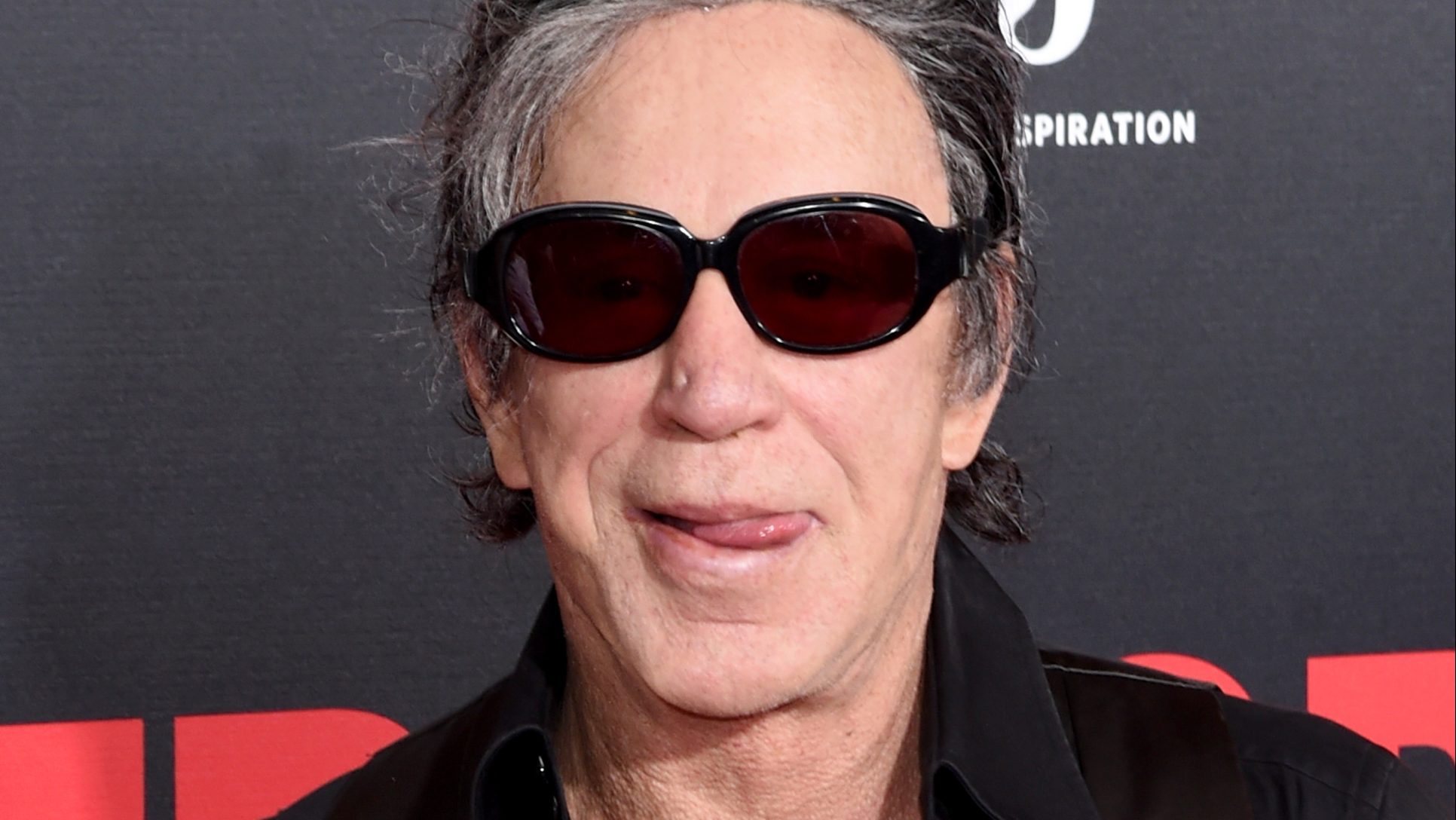
During Tombstone’s casting process, the role of murderous outlaw Johnny Ringo was offered to Mickey Rourke, who had recently starred alongside Willem Dafoe in the western White Sands. Rourke turned down the role, which instead went to Michael Biehn, whose steely-eyed performance was lauded by fans and critics alike.
Morgan and Virgil were attacked months apart
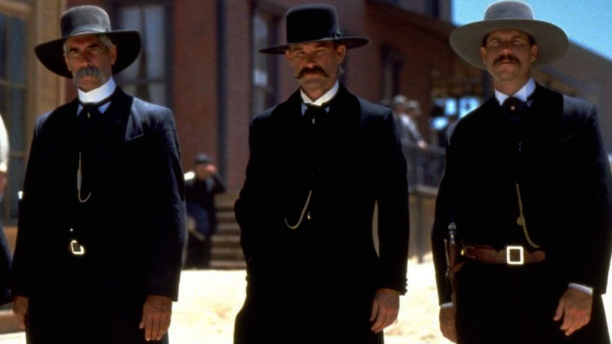
In Tombstone, Morgan and Virgil Earp are both shot at the same time, the night of the gunfight at the O.K. Corral. In reality, the brothers were attacked separately, several months after the shootout. Virgil was ambushed while out riding and suffered life changing injuries, whilst Morgan was gunned down in a saloon.
There are two references to Ancient Greece
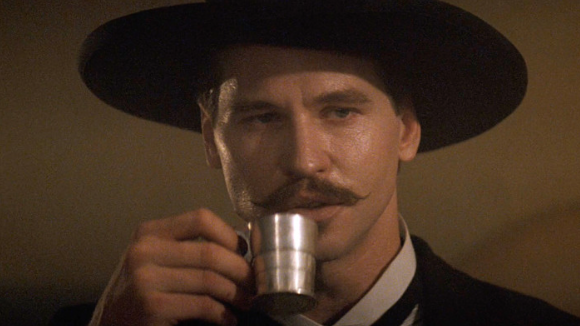
Both Wyatt Earp and Doc Holliday make references involving figures from Ancient Greece. When Doc quips, “the last charge of Wyatt Earp and his immortals” he is referencing the legendary warriors who fought alongside Achilles. Wyatt’s comment about being richer than Croesus, meanwhile, is a reference to an Ancient Greek king believed to have issued the first gold coins.
Kurt Russell’s son is named Wyatt
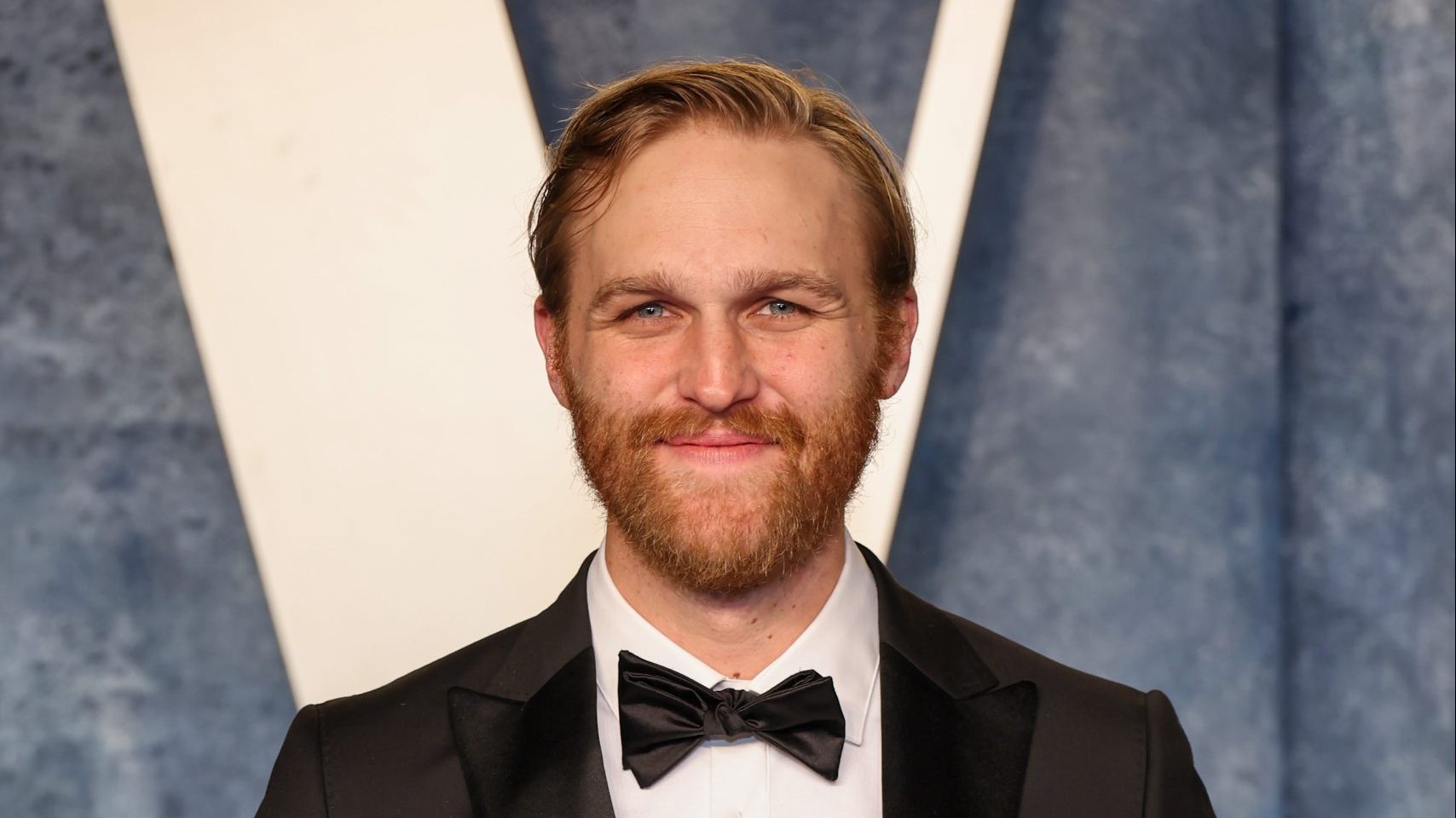
The fact that Kurt Russell’s son is named Wyatt has led to a lot of speculation that the actor named him after the character he plays in Tombstone. However, Wyatt was actually born seven years before Tombstone was released, so, while it’s been suggested he was named after the real-life Wyatt Earp, he’s definitely not named after the character his father plays.
The same train car is used throughout the movie
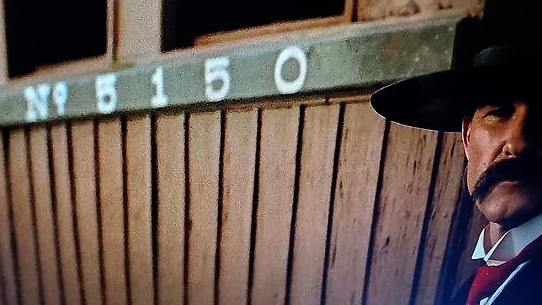
The train car that Wyatt Earp gives his famous “you tell them I’m coming” speech in front of (5150) is also the same train car that Doc Holliday and the wives take when they depart Tombstone. While in the case of Wyatt the number is a subtle nod to his state of mind, in the case of Doc it’s likely that the train car was just used for convenience, as it was already on set.
Sylvester Stallone recommended George P. Cosmatos
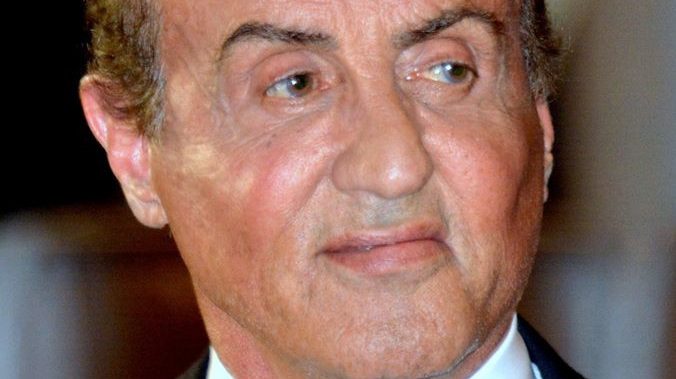
After Kevin Jarre’s firing as director, the studio began frantically searching for someone who could replace him before the project ran any further behind schedule. The selection of George P. Cosmatos seems to have been at least partially based on the recommendation of Sylvester Stallone, who had worked with Cosmatos on Rambo: First Blood Part II.
Doc Holliday whistling wasn’t in the script
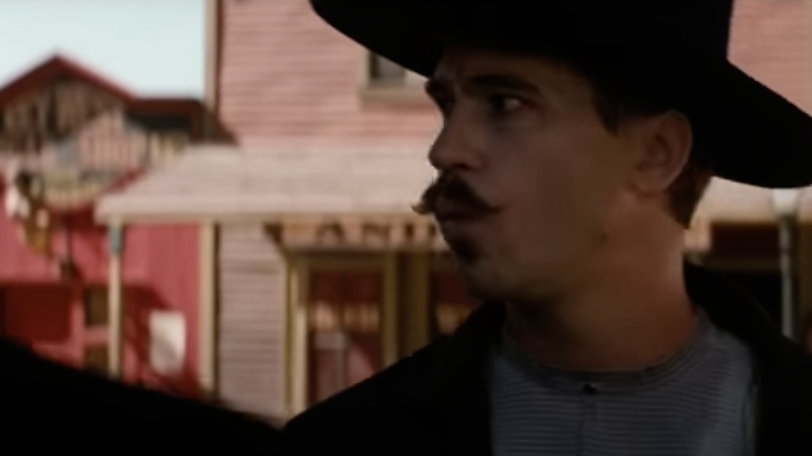
As Doc Holliday and the Earp brothers march towards the O.K. Corral to confront The Cowboys, Doc is whistling, although the sound is mostly drowned out by the tense music. This was another of Val Kilmer’s classic ad-libs, designed to convey the nonchalant attitude of Doc, who knew he didn’t have long to live anyway.
A horse is spared in the O.K. Corral gunfight
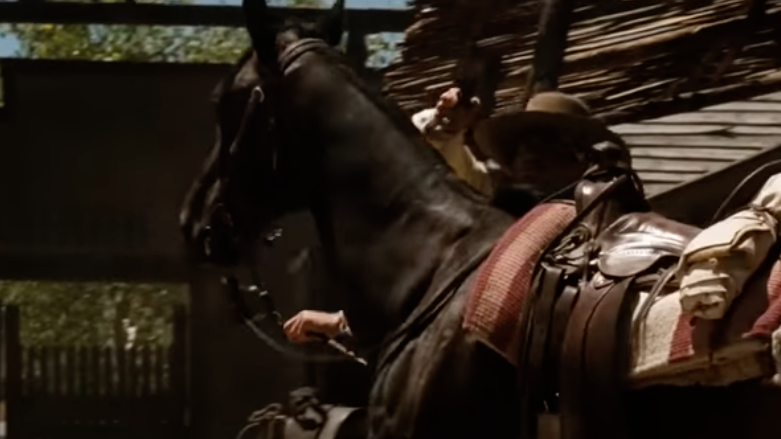
In the O.K. Corral shootout, one of the Clanton brothers takes cover behind a horse. In order to spook the animal and get it to move so he can take his shot, Doc fires a shotgun blast into the air. In 1957’s Gunfight at the O.K. Corral, the horse is simply shot instead.
Wyatt Earp was likely a terrible person in real life
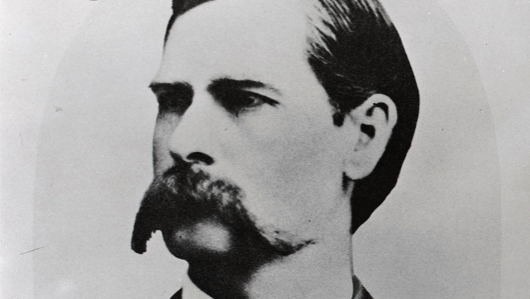
Although Wyatt Earp is often depicted as a fearless and honest lawman – with Tombstone proving no exception – a book published in 1928 by Billy Breakenridge claims that Earp was actually a thief, pimp, murderer and all round terrible human being. Although Earp fiercely contested the book’s claims, historians have suggested they were probably largely true.
The lightning isn’t all authentic, as George P. Cosmatos claimed
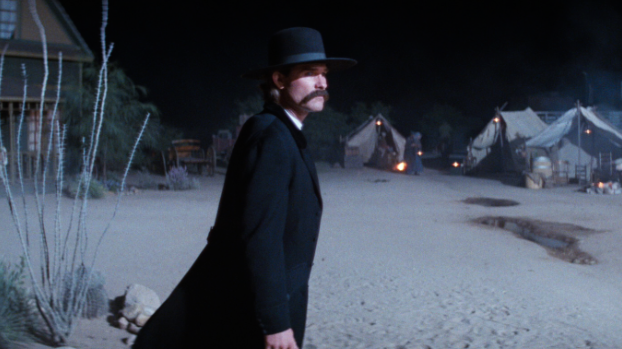
After the film’s release, director George P. Cosmatos claimed that all the shots of lightning in the film were real. While some of the shots were certainly captured on-location during Arizona’s stormy season, in some scenes the lightning effects were created using the Lightning Strikes 250K Linear lighting system.